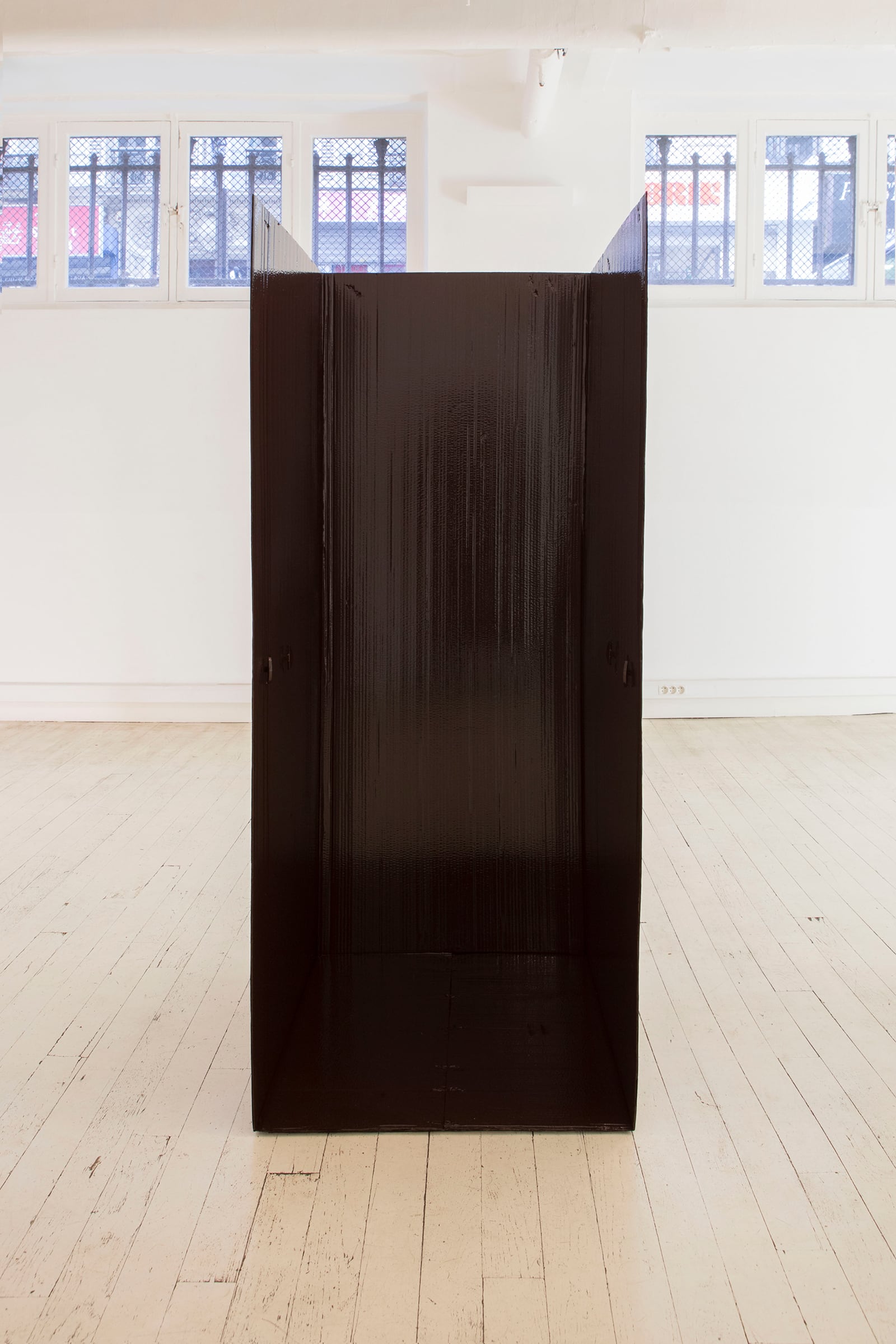 Clémentine Adou, Brown boxes, 2021, Cardboard, glue, enamel and acylic paint 160 x 70 x 70 cm (62,9 x 27,5 x 27,5 in) / Courtesy of the artist and Shivers Only
Clémentine Adou, Brown boxes, 2021, Cardboard, glue, enamel and acylic paint 160 x 70 x 70 cm (62,9 x 27,5 x 27,5 in) / Courtesy of the artist and Shivers Only
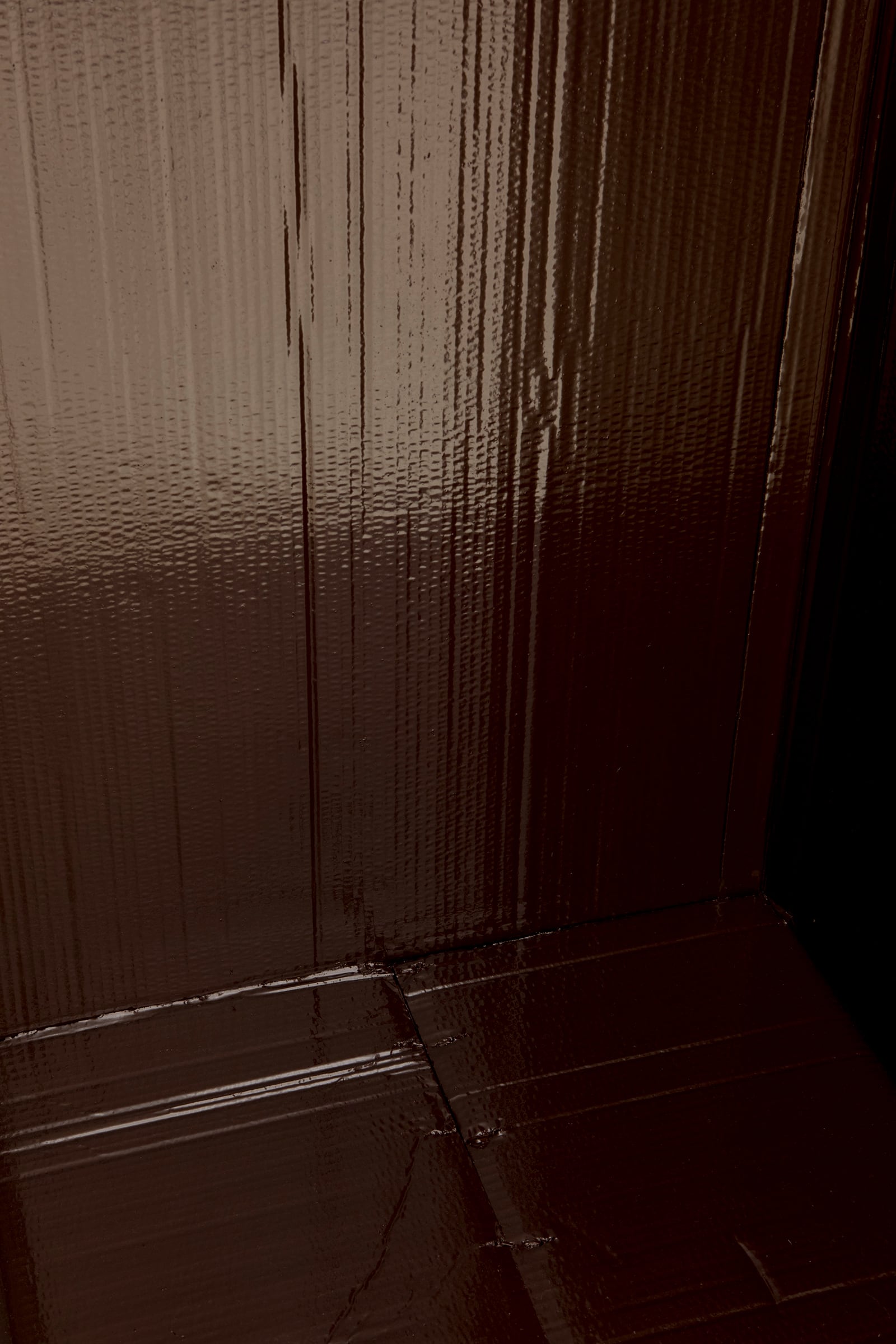 Clémentine Adou, Brown boxes (detail), 2021, Cardboard, glue, enamel and acylic paint 160 x 70 x 70 cm (62,9 x 27,5 x 27,5 in) / Courtesy of the artist and Shivers Only
Clémentine Adou, Brown boxes (detail), 2021, Cardboard, glue, enamel and acylic paint 160 x 70 x 70 cm (62,9 x 27,5 x 27,5 in) / Courtesy of the artist and Shivers Only
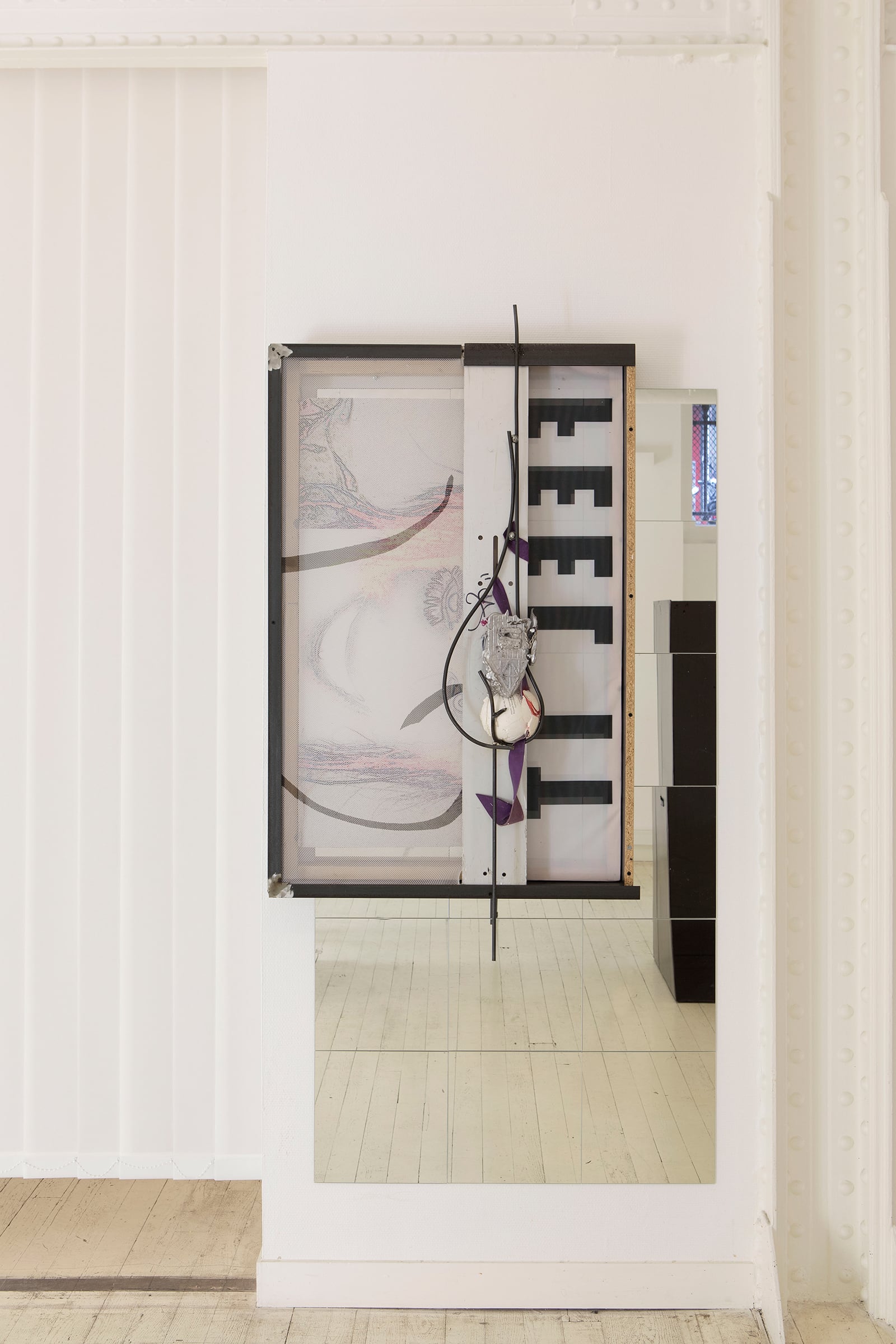 David Douard, Feel it ,2021 Aluminium, metal, plasters, magnets, silkscreen on fabric, wood, leather 132 x 80 x 23 cm (51,9 x 31,4 x 9 in) / Courtesy of this artist, Shivers Only and Galerie Chantal Crousel
David Douard, Feel it ,2021 Aluminium, metal, plasters, magnets, silkscreen on fabric, wood, leather 132 x 80 x 23 cm (51,9 x 31,4 x 9 in) / Courtesy of this artist, Shivers Only and Galerie Chantal Crousel
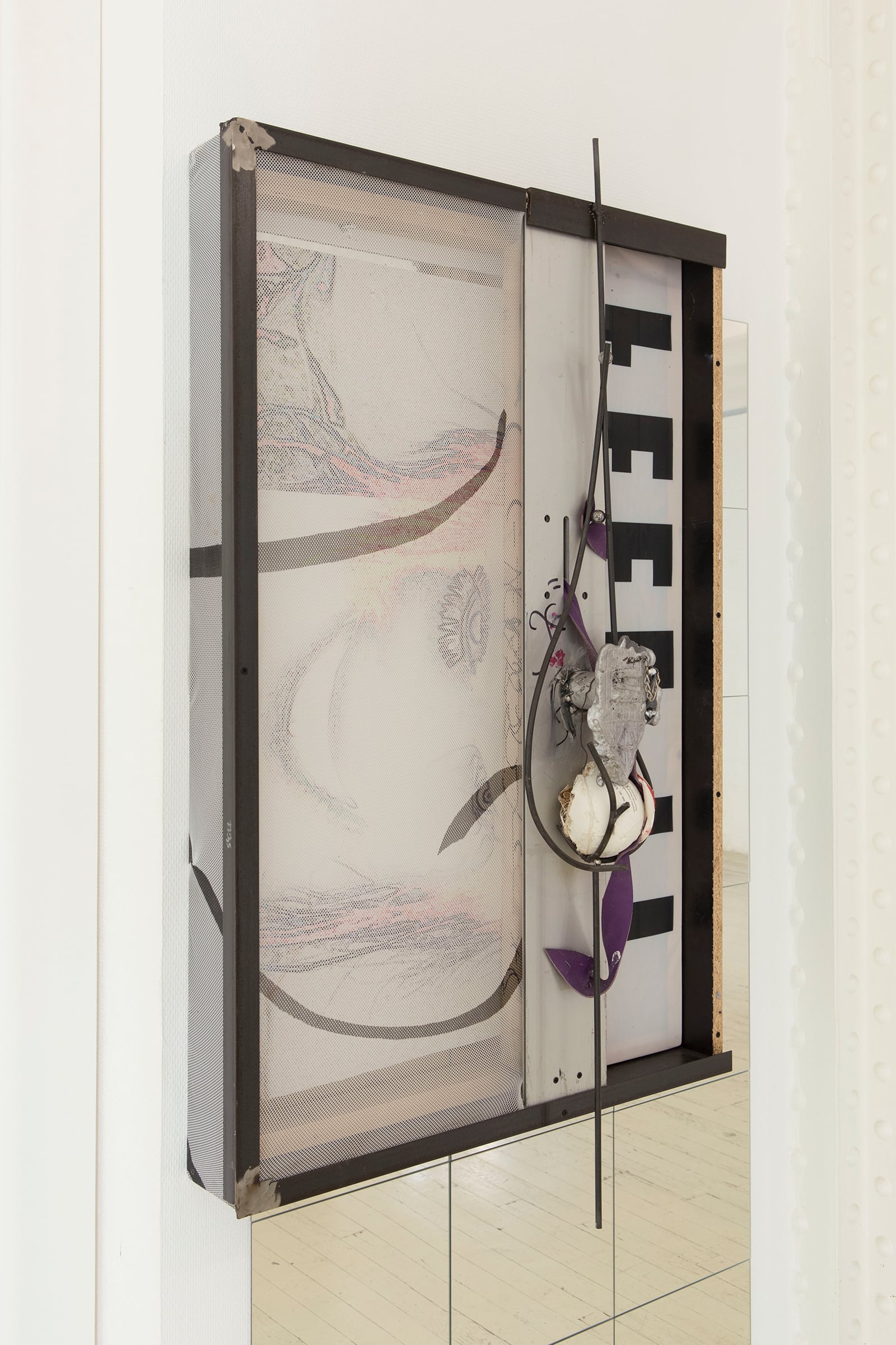 David Douard, Feel it ,2021 Aluminium, metal, plasters, magnets, silkscreen on fabric, wood, leather 132 x 80 x 23 cm (51,9 x 31,4 x 9 in) / Courtesy of this artist, Shivers Only and Galerie Chantal Crousel
David Douard, Feel it ,2021 Aluminium, metal, plasters, magnets, silkscreen on fabric, wood, leather 132 x 80 x 23 cm (51,9 x 31,4 x 9 in) / Courtesy of this artist, Shivers Only and Galerie Chantal Crousel
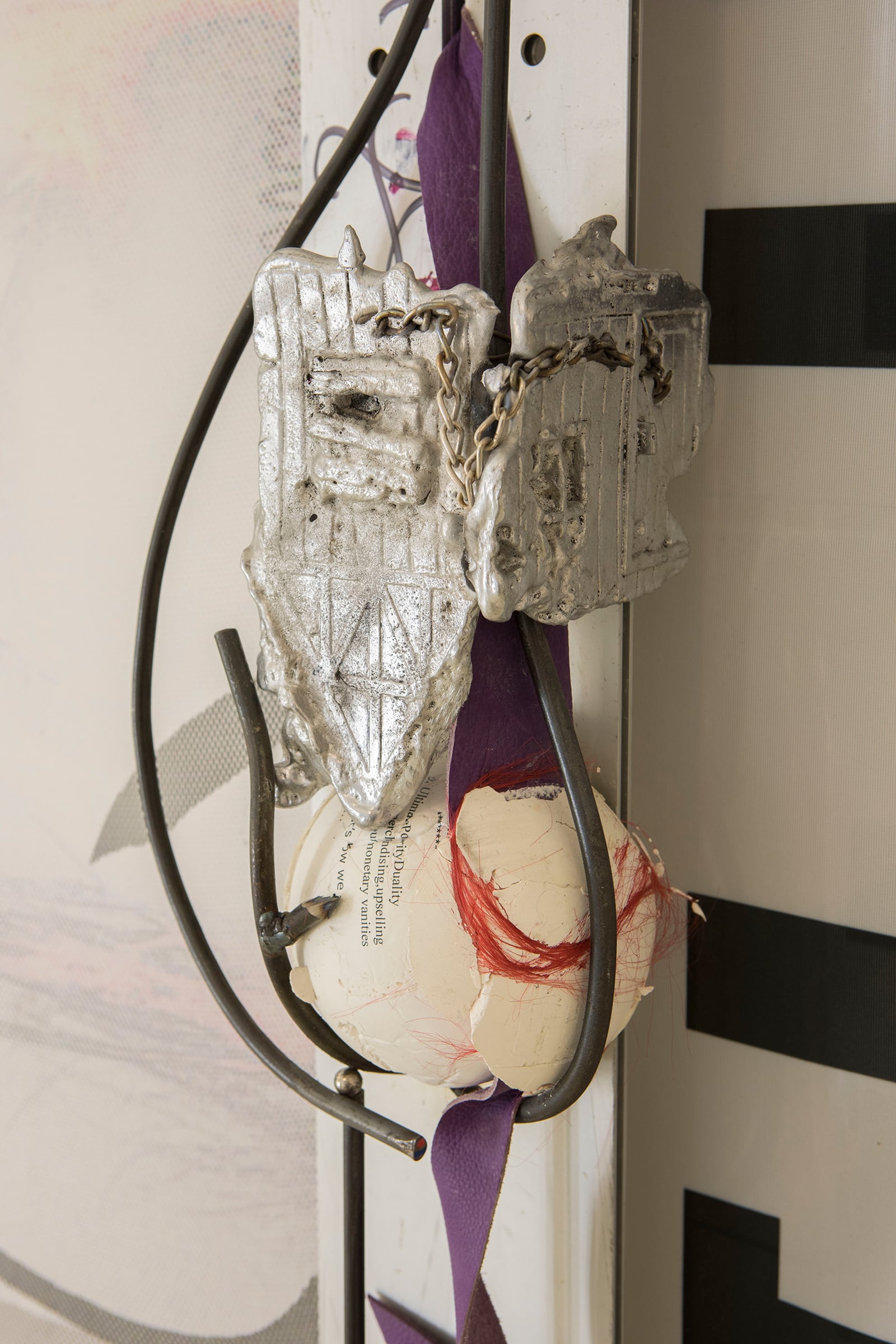 David Douard, Feel it ,2021 Aluminium, metal, plasters, magnets, silkscreen on fabric, wood, leather 132 x 80 x 23 cm (51,9 x 31,4 x 9 in) / Courtesy of this artist, Shivers Only and Galerie Chantal Crousel
David Douard, Feel it ,2021 Aluminium, metal, plasters, magnets, silkscreen on fabric, wood, leather 132 x 80 x 23 cm (51,9 x 31,4 x 9 in) / Courtesy of this artist, Shivers Only and Galerie Chantal Crousel
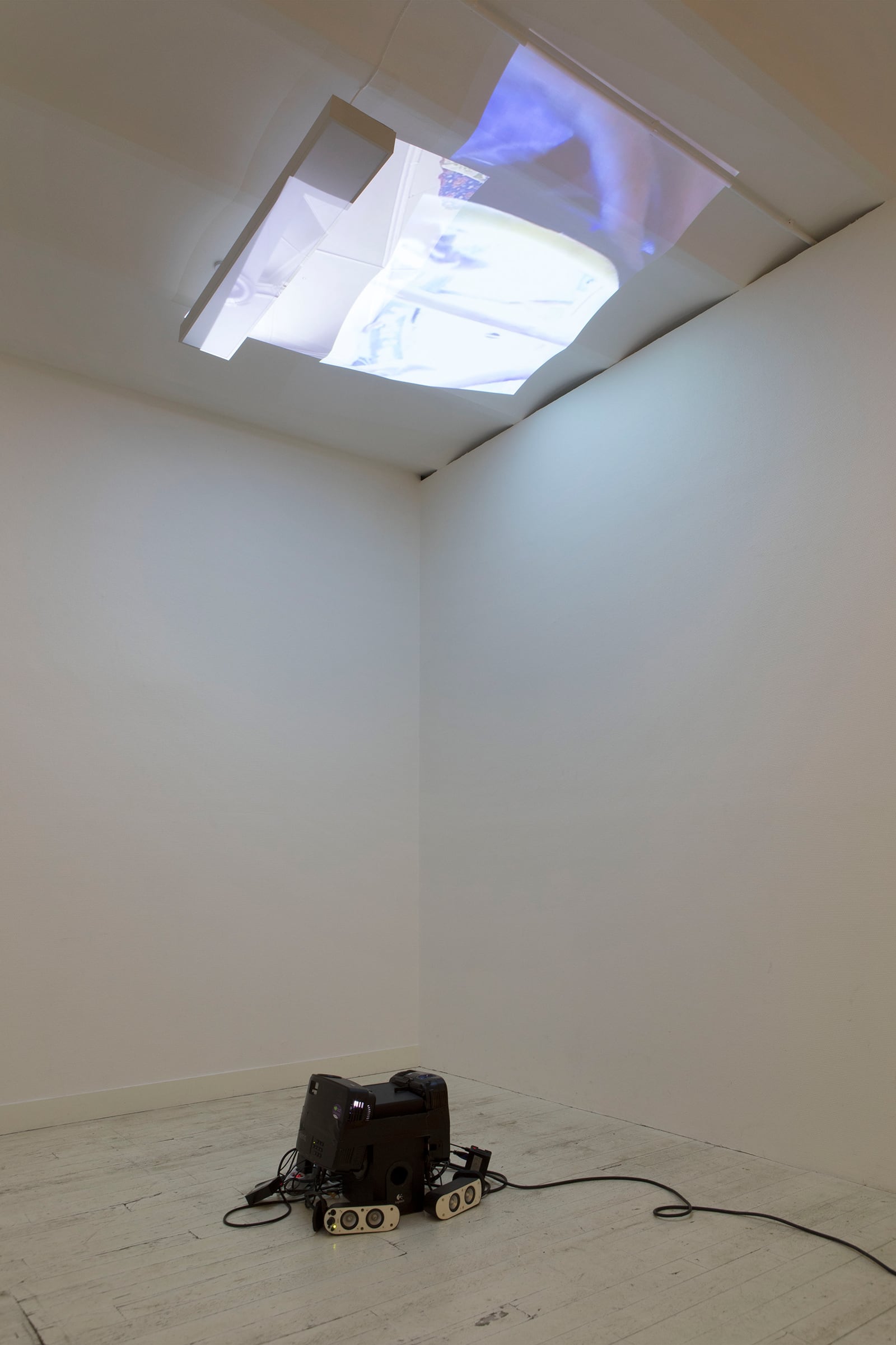 David Douard, Blindf’old 1/2 ,2018-20, Videos and sounds Variable dimensions / Courtesy of the artist, Shivers Only and Galerie Chantal Crousel
David Douard, Blindf’old 1/2 ,2018-20, Videos and sounds Variable dimensions / Courtesy of the artist, Shivers Only and Galerie Chantal Crousel
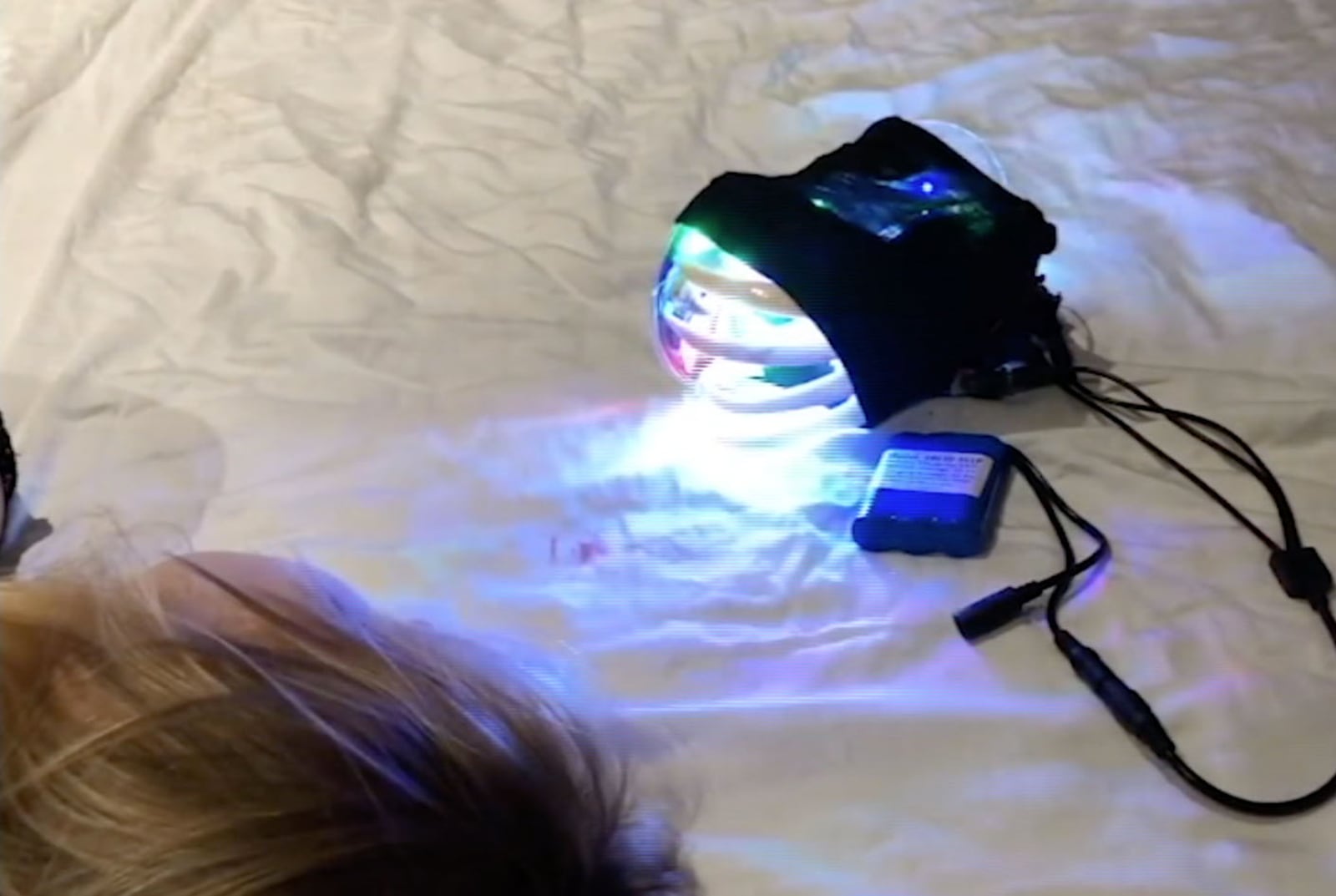 David Douard, Blindf’old 1/2 ,2018-20, Screenshots Variable dimensions / Courtesy of the artist, Shivers Only and Galerie Chantal Crousel
David Douard, Blindf’old 1/2 ,2018-20, Screenshots Variable dimensions / Courtesy of the artist, Shivers Only and Galerie Chantal Crousel
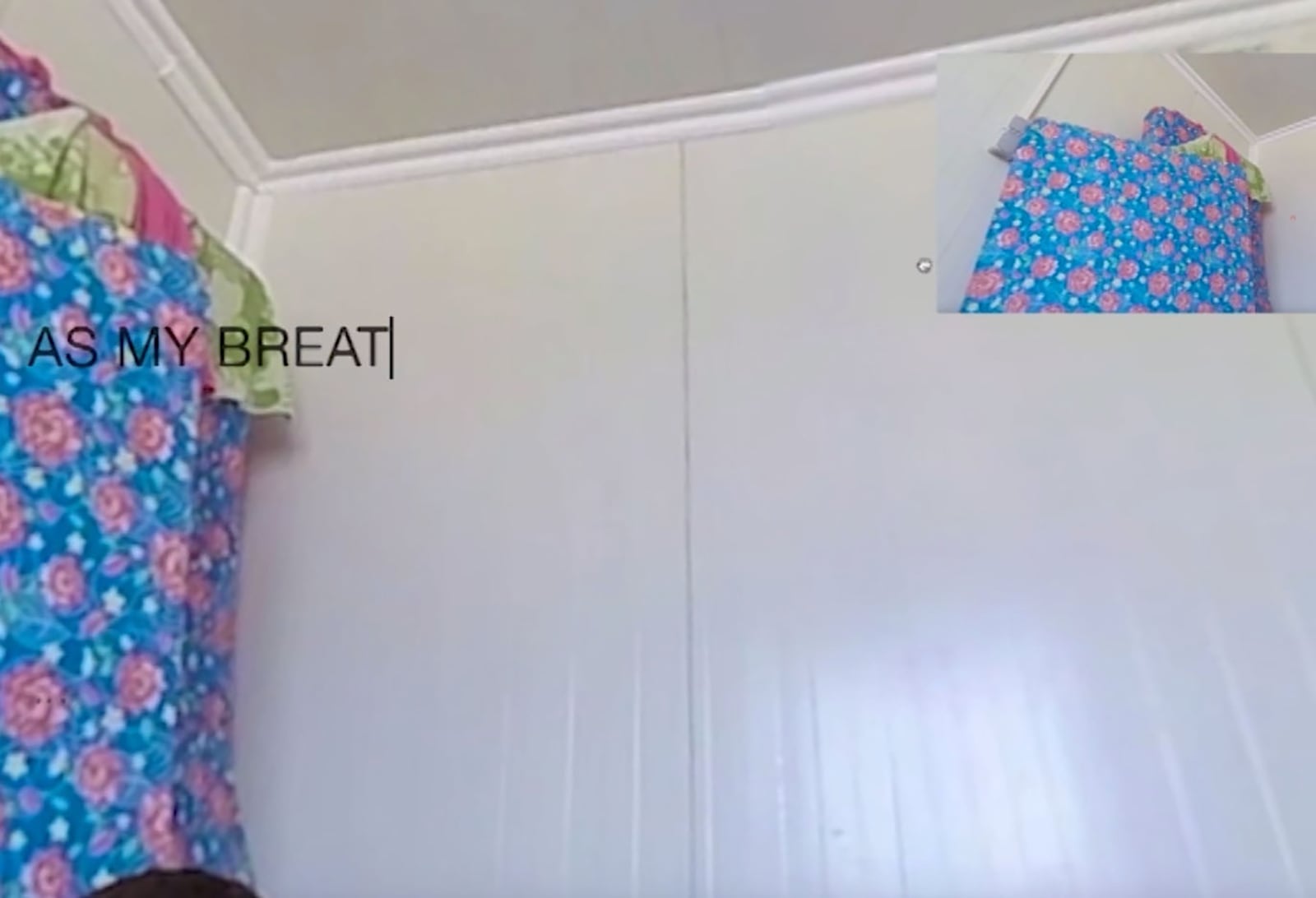 David Douard, Blindf’old 1/2 ,2018-20, Screenshots Variable dimensions / Courtesy of the artist, Shivers Only and Galerie Chantal Crousel
David Douard, Blindf’old 1/2 ,2018-20, Screenshots Variable dimensions / Courtesy of the artist, Shivers Only and Galerie Chantal Crousel
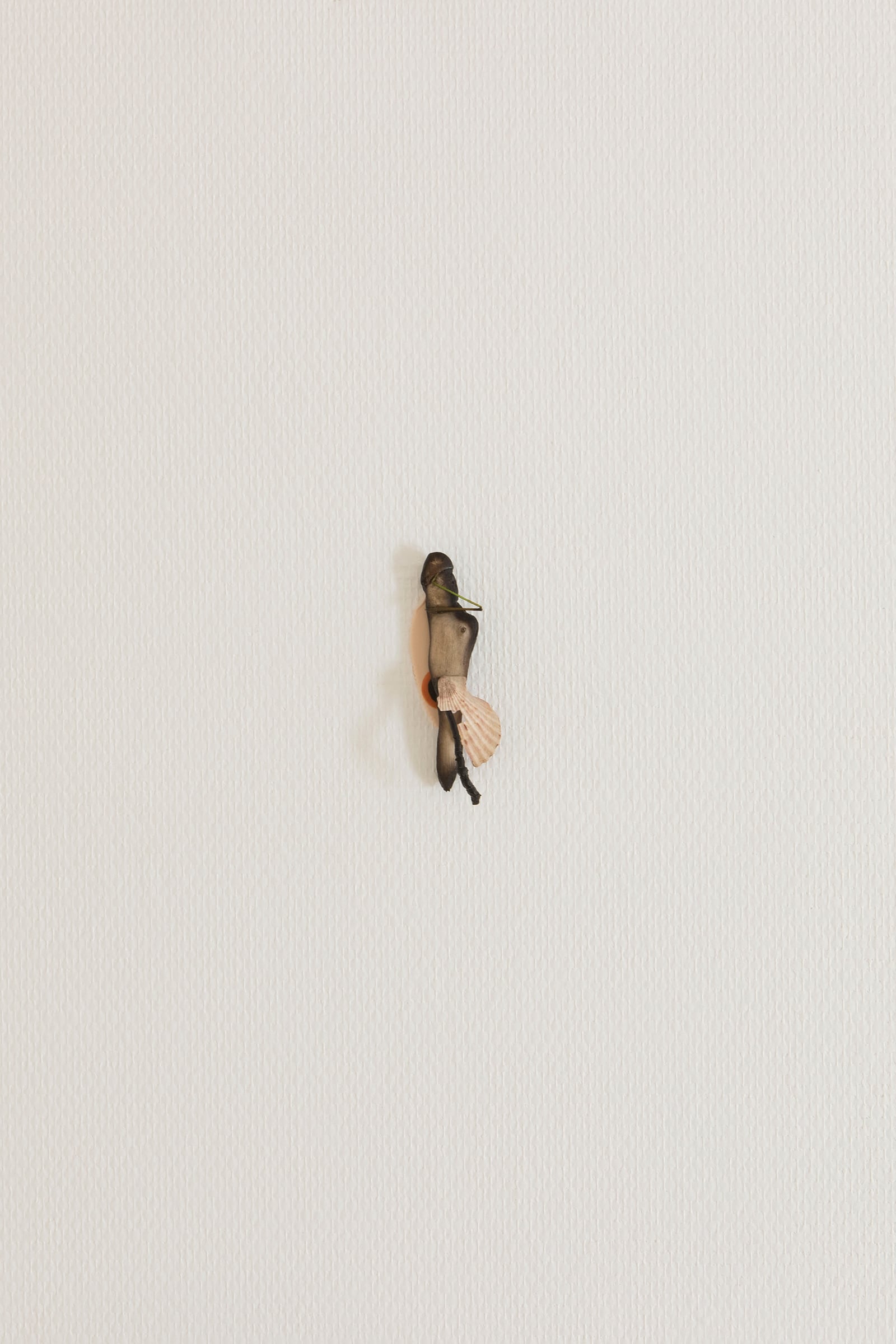 David Fesl, Driftwood, grasshopper leg, plastic knife, bicycle tire patch, plaster, sea shell, twig 4 × 11.9 × 3.8 cm (1.6 × 4.7 × 1.5 in) / Courtesy of the artist and Shivers Only
David Fesl, Driftwood, grasshopper leg, plastic knife, bicycle tire patch, plaster, sea shell, twig 4 × 11.9 × 3.8 cm (1.6 × 4.7 × 1.5 in) / Courtesy of the artist and Shivers Only
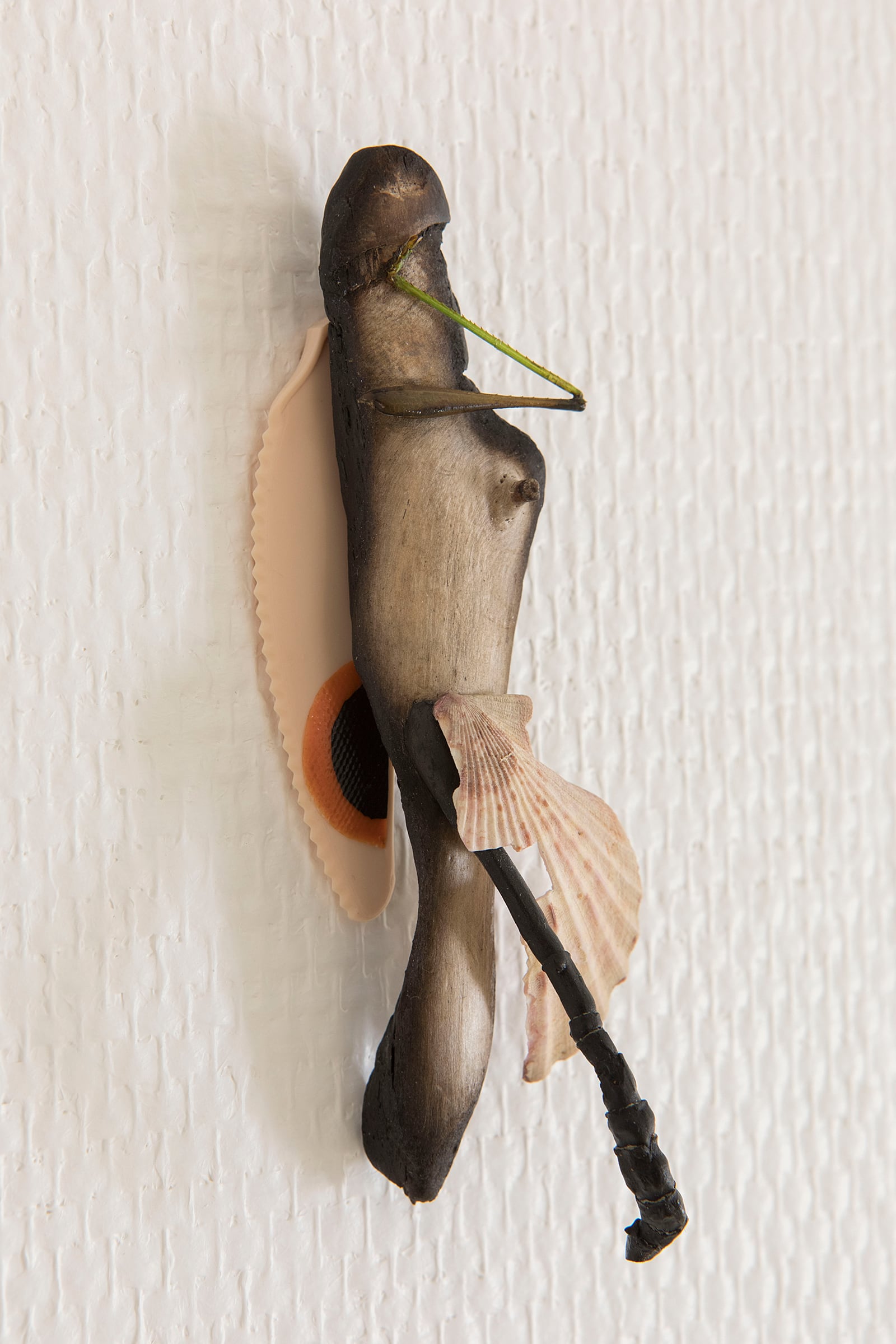 David Fesl, Driftwood, grasshopper leg, plastic knife, bicycle tire patch, plaster, sea shell, twig 4 × 11.9 × 3.8 cm (1.6 × 4.7 × 1.5 in) / Courtesy of the artist and Shivers Only
David Fesl, Driftwood, grasshopper leg, plastic knife, bicycle tire patch, plaster, sea shell, twig 4 × 11.9 × 3.8 cm (1.6 × 4.7 × 1.5 in) / Courtesy of the artist and Shivers Only
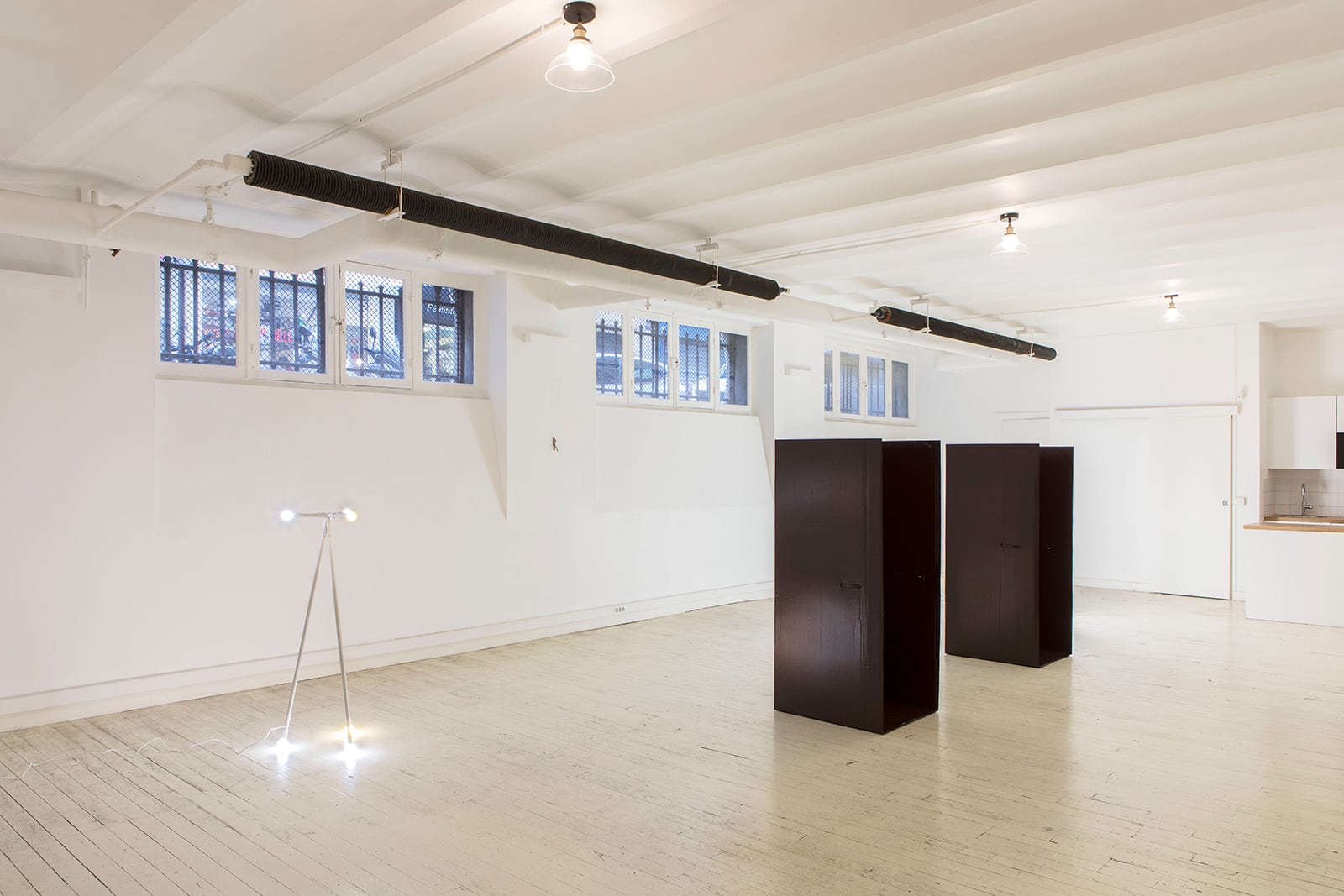 Exhibition view
Exhibition view
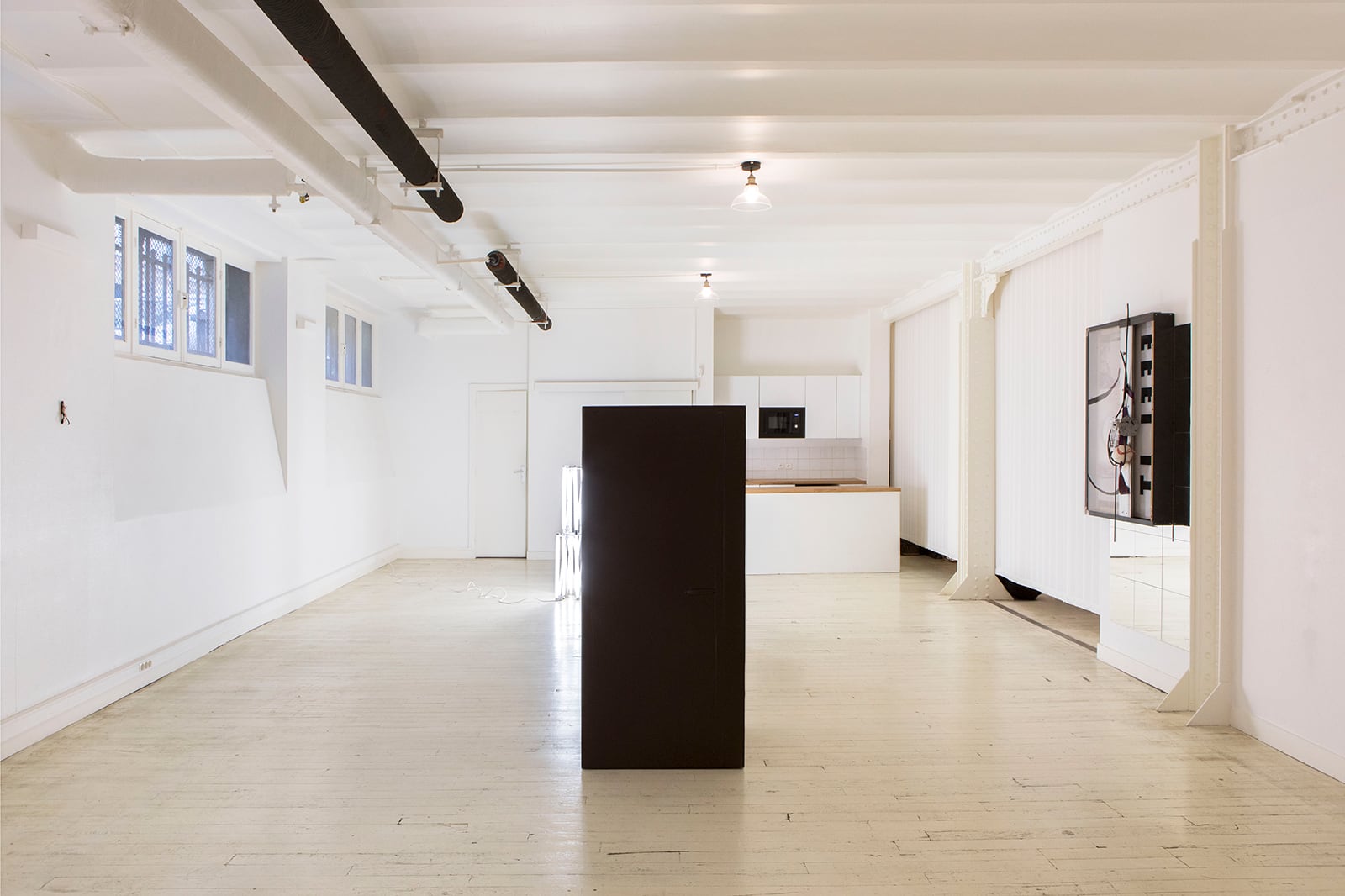 Exhibition view
Exhibition view
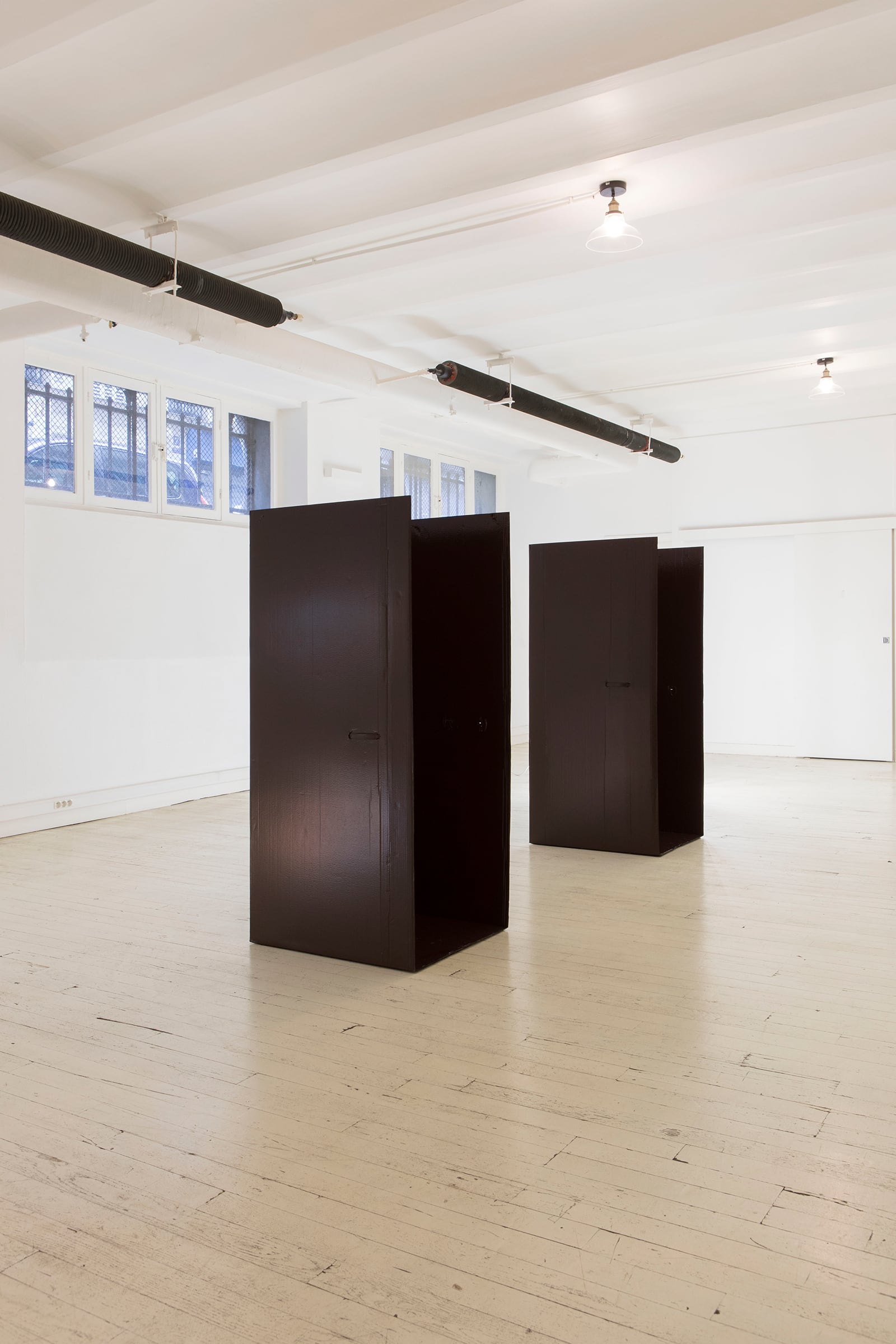 Exhibition view
Exhibition view
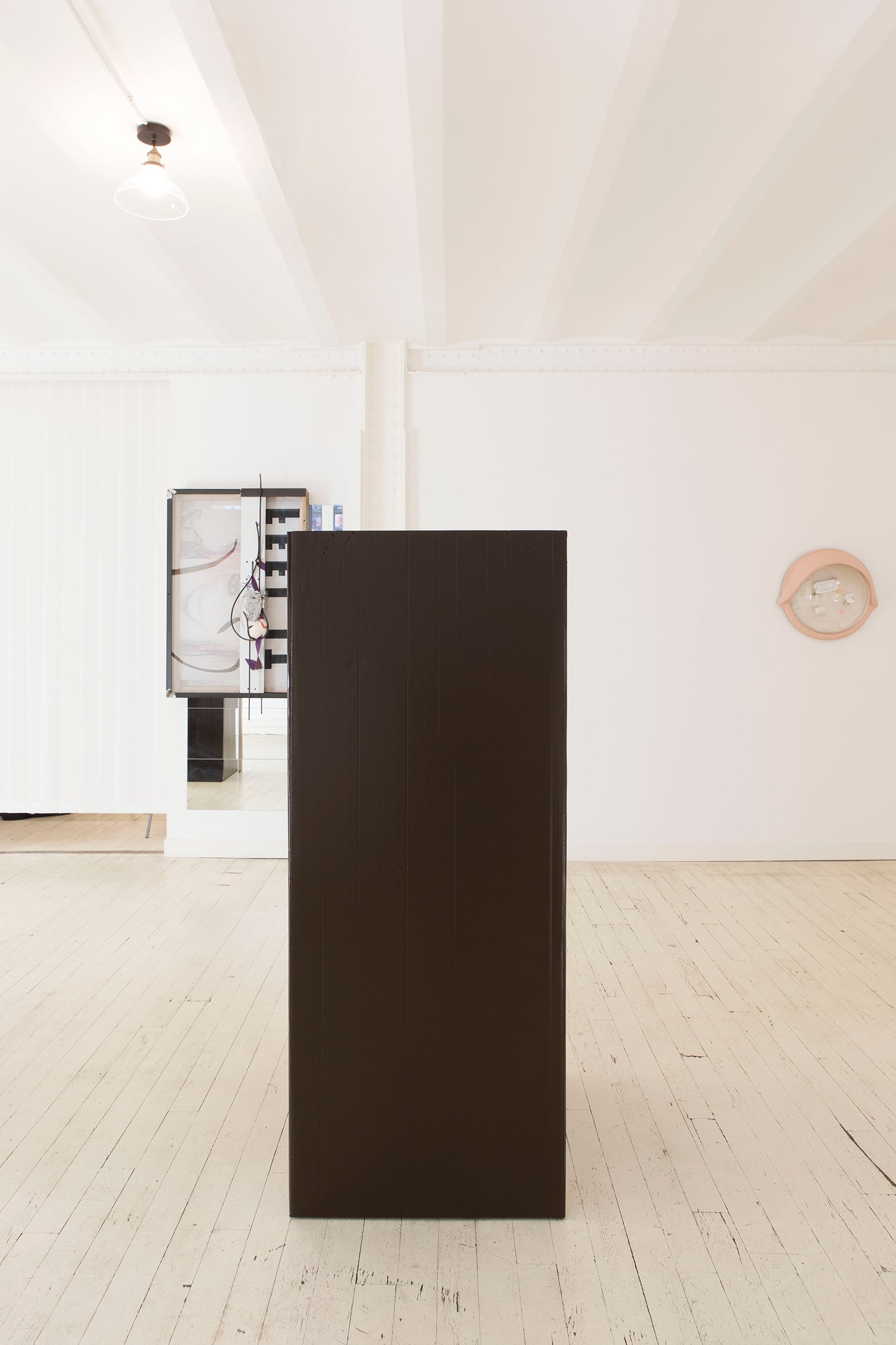 Exhibition view
Exhibition view
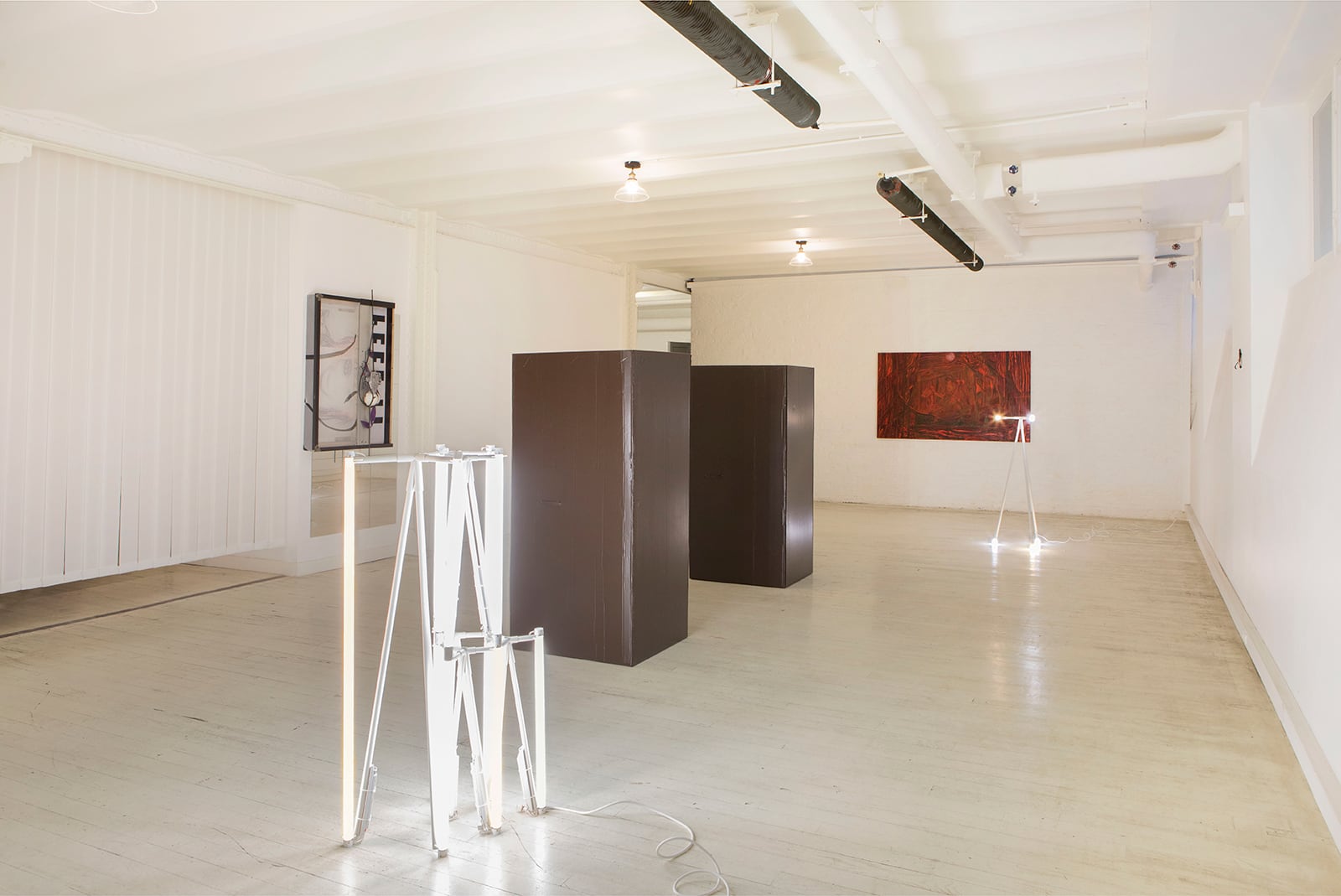 Exhibition view
Exhibition view
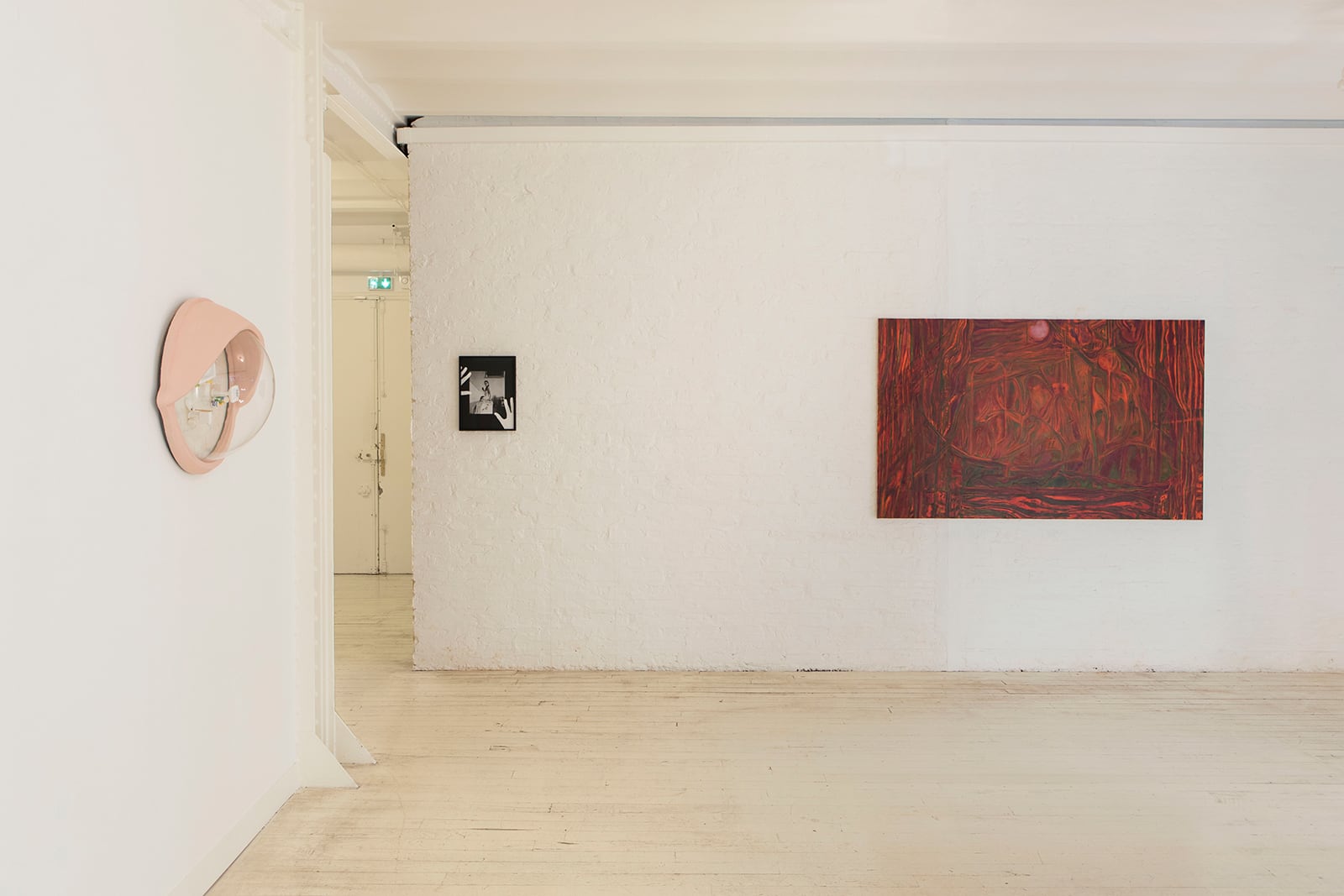 Exhibition view
Exhibition view
 Exhibition view
Exhibition view
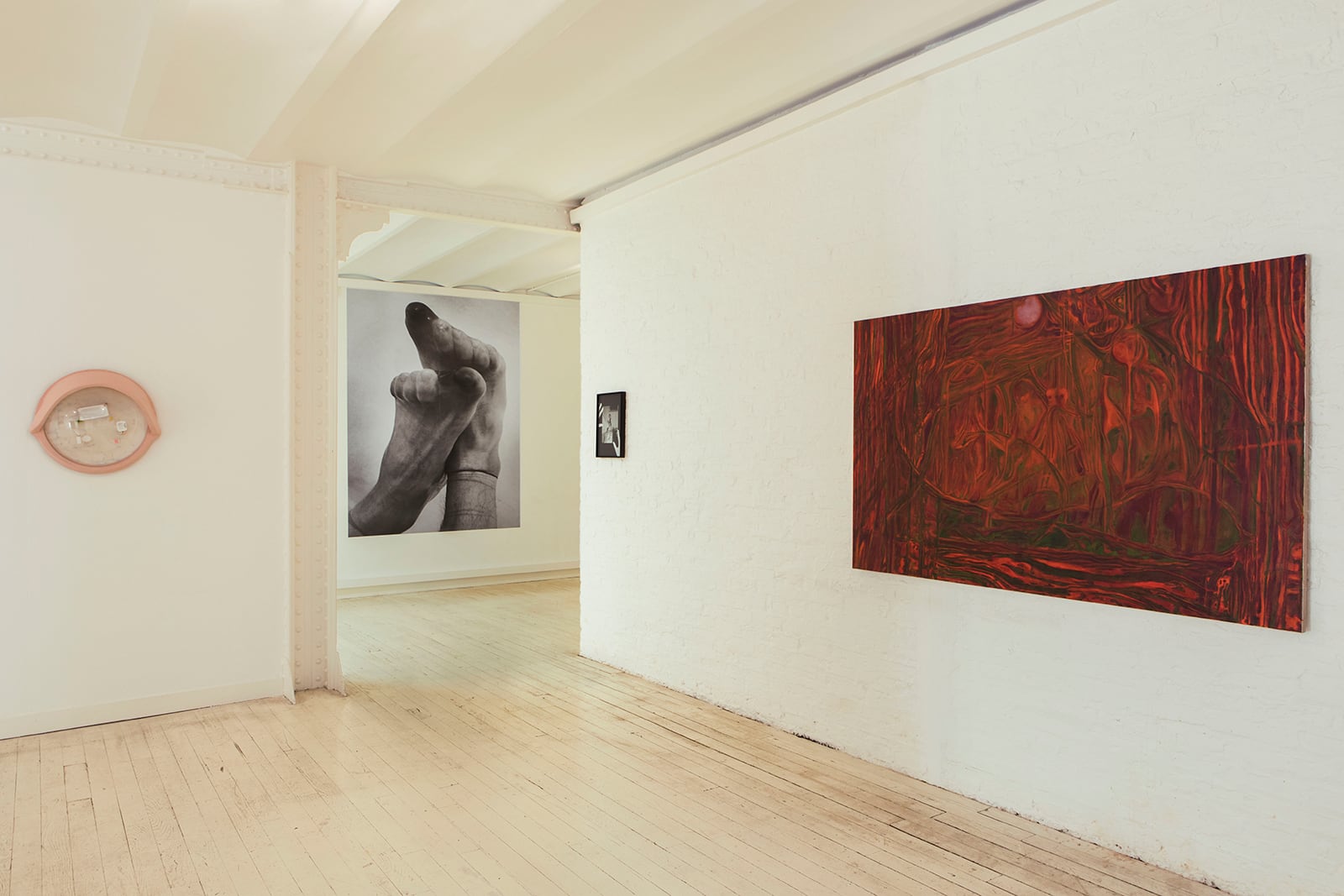 Exhibition view
Exhibition view
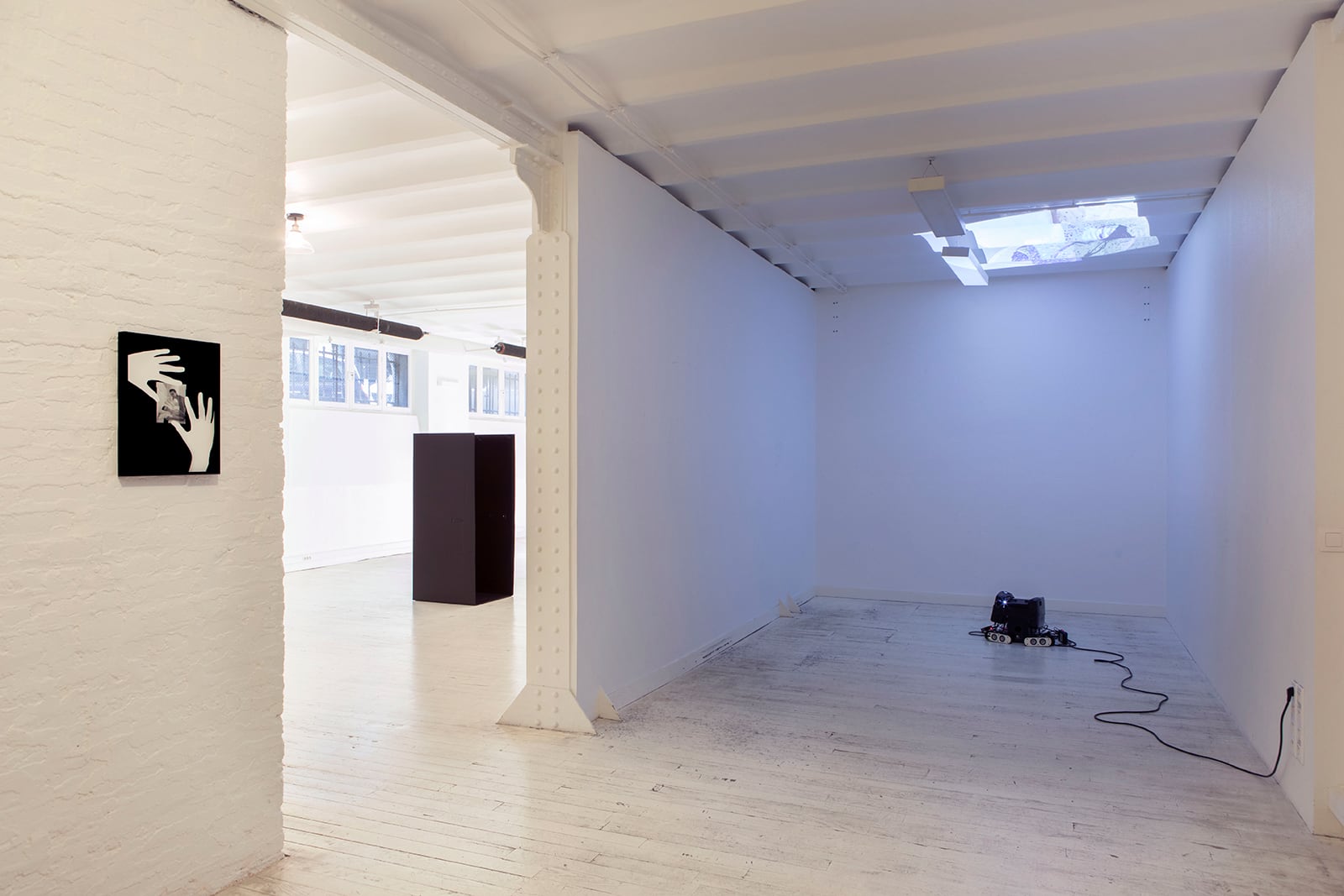 Exhibition view
Exhibition view
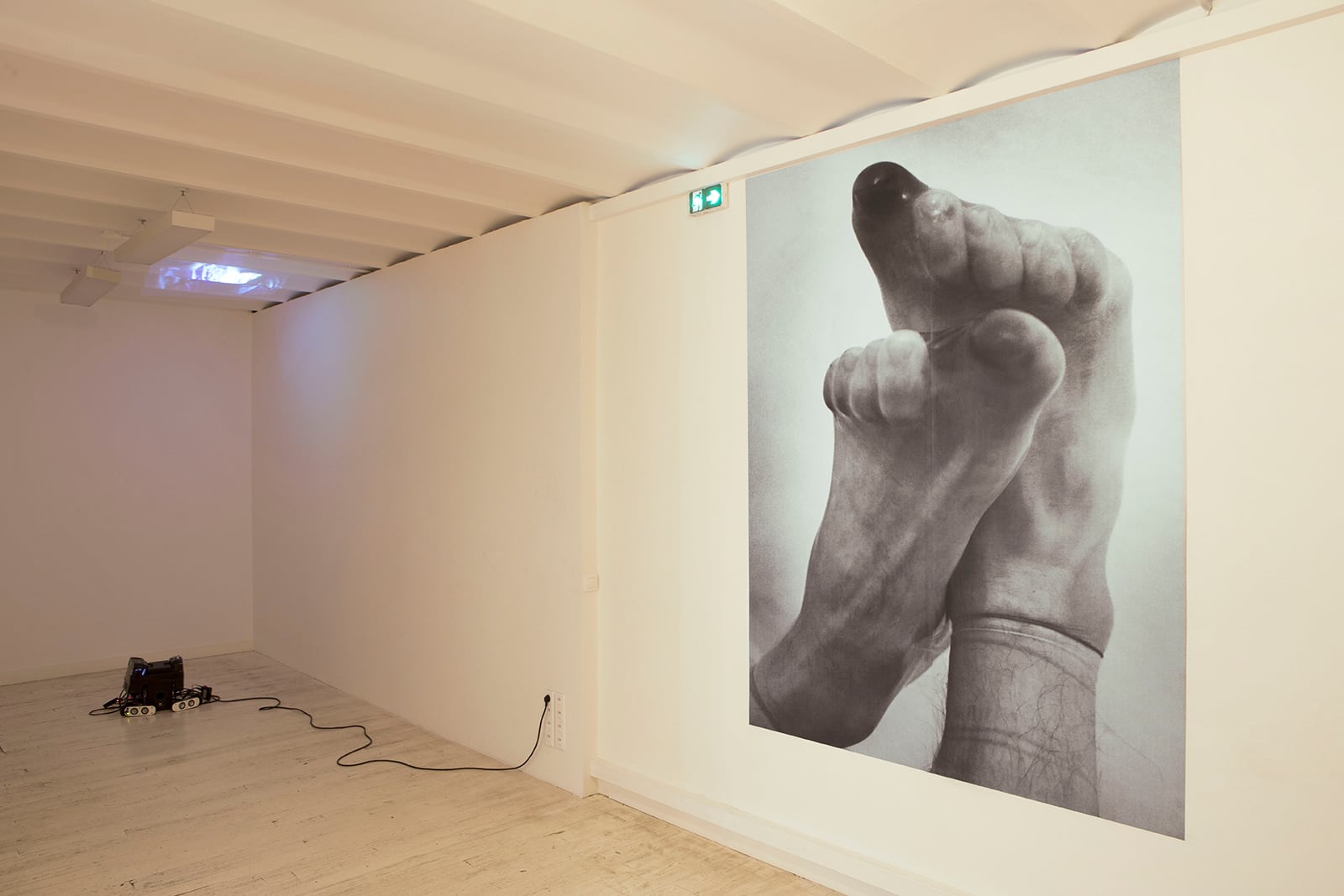 Exhibition view
Exhibition view
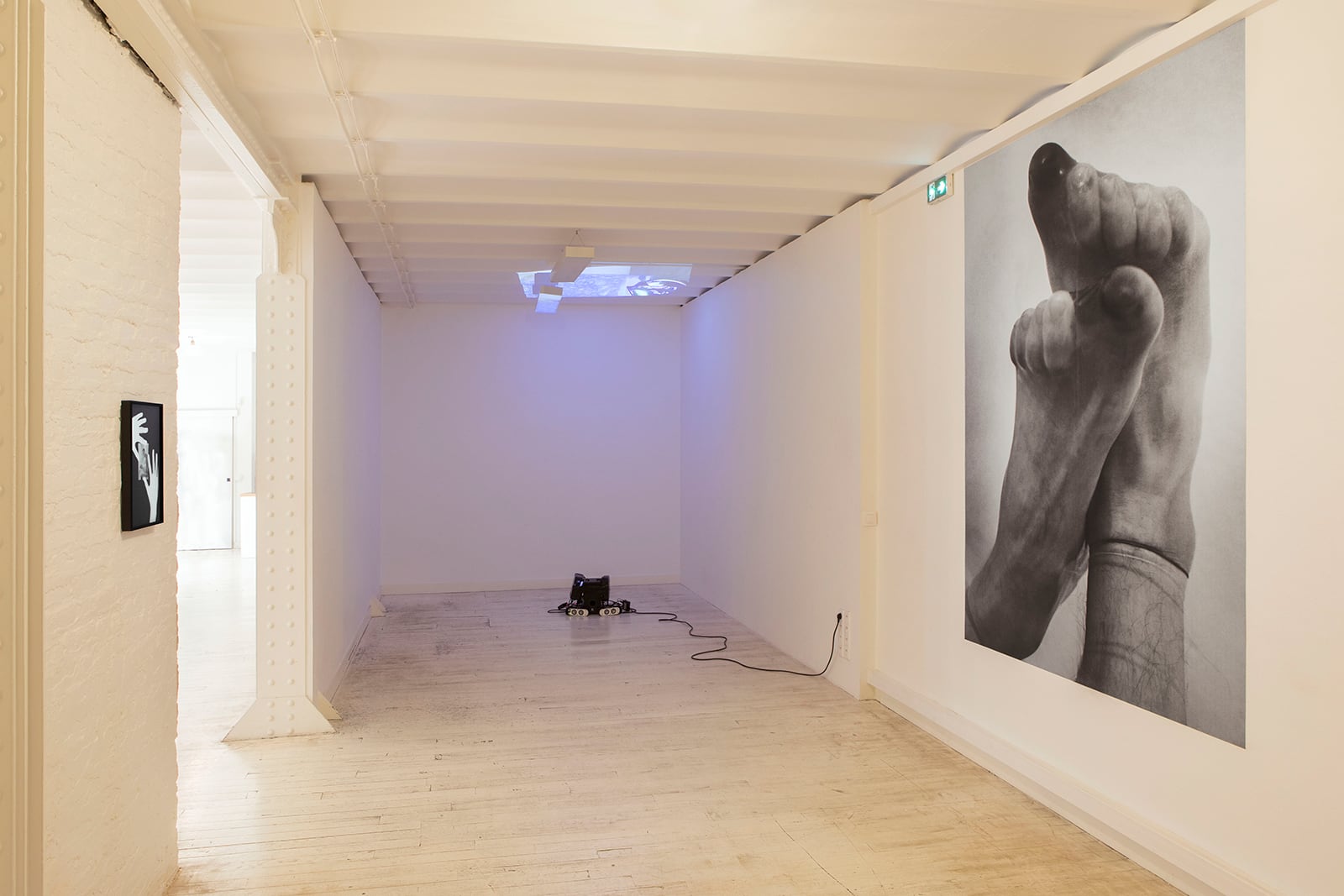 Exhibition view
Exhibition view
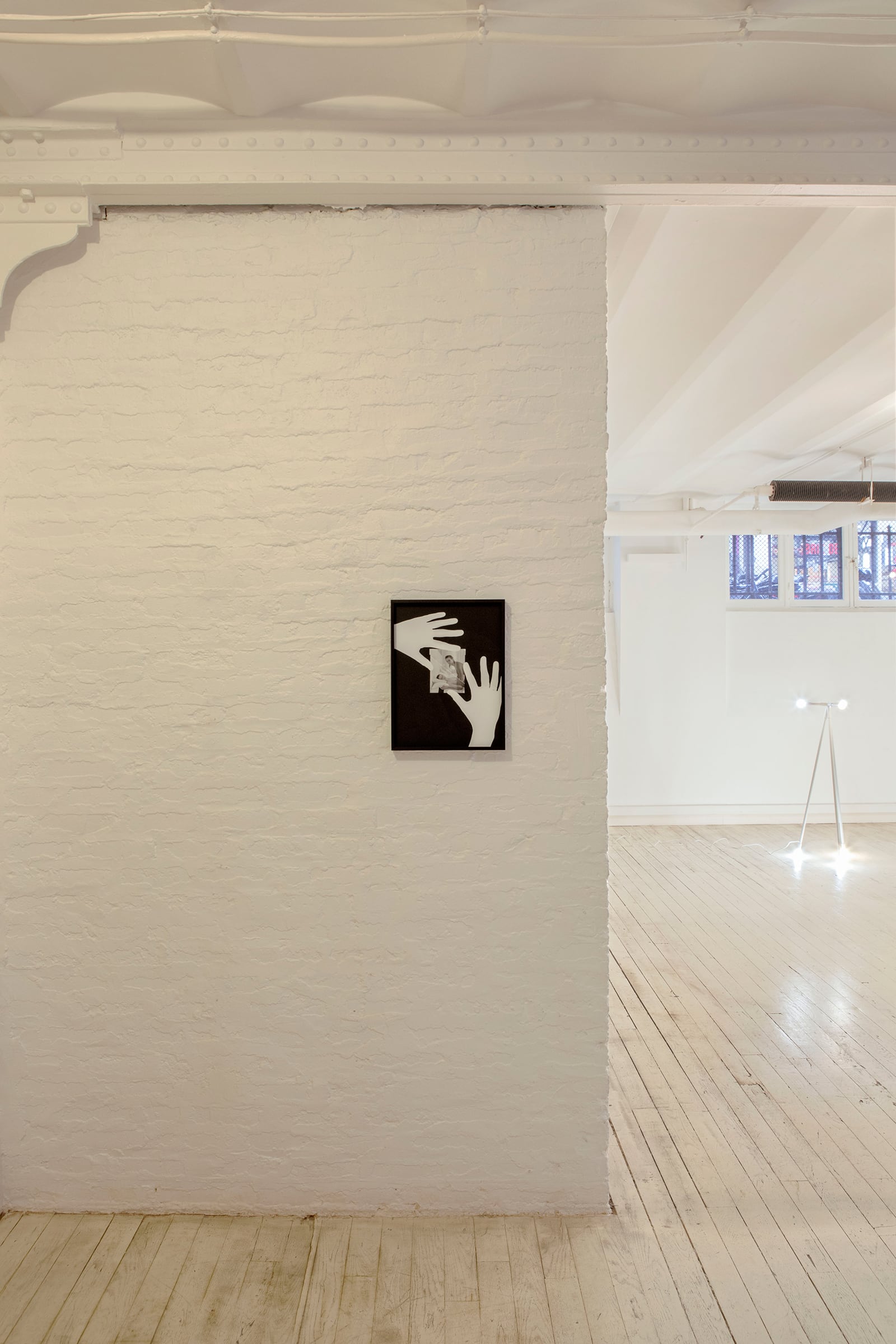 Exhibition view
Exhibition view
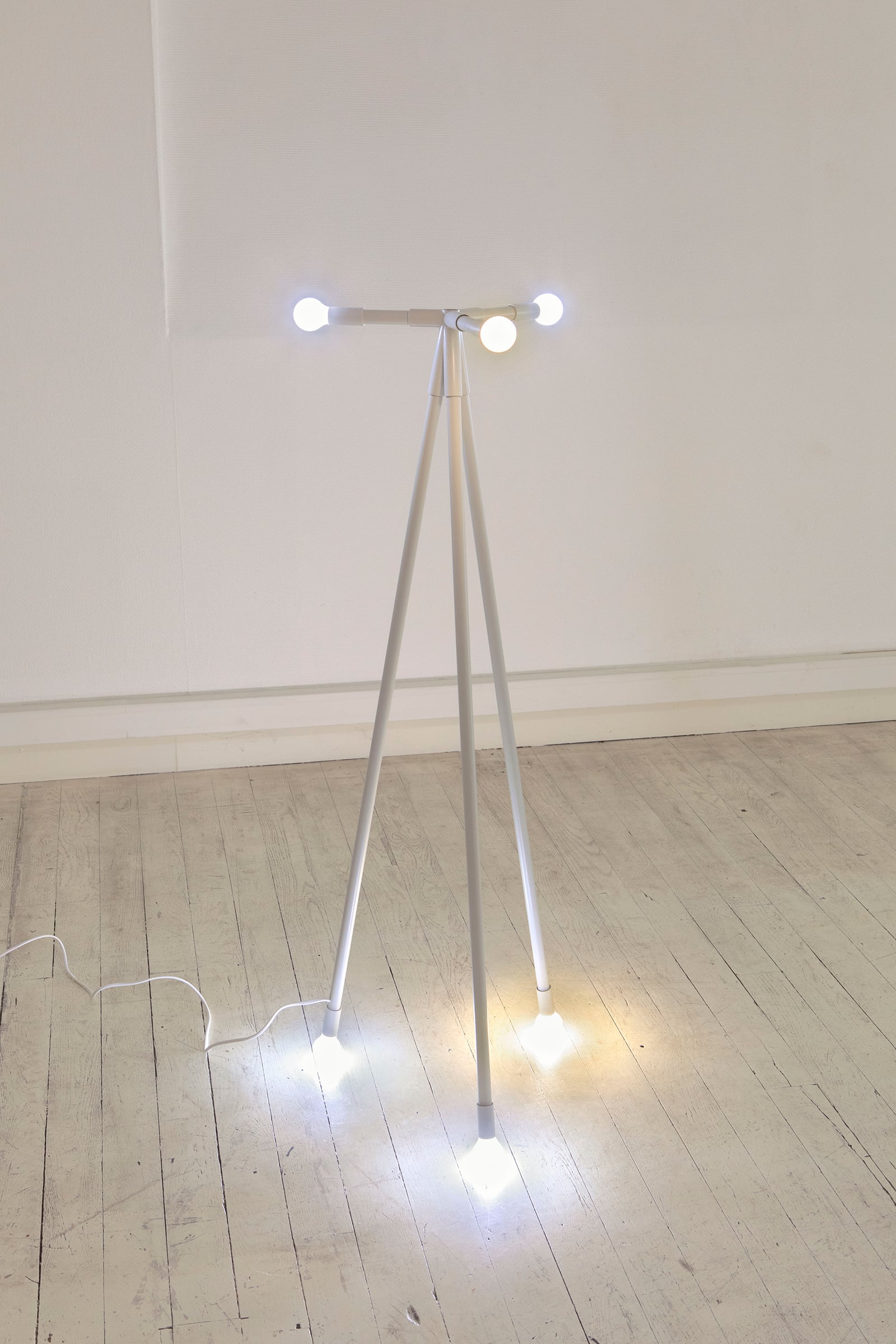 Julien Monnerie, ...... ,2021 Bulbs, electric pipes and cables 125 x 40 x 40 cm (49,2 x 15,7 x 15,7 in) / Courtesy of the artist, Shivers Only and Bel Ami
Julien Monnerie, ...... ,2021 Bulbs, electric pipes and cables 125 x 40 x 40 cm (49,2 x 15,7 x 15,7 in) / Courtesy of the artist, Shivers Only and Bel Ami
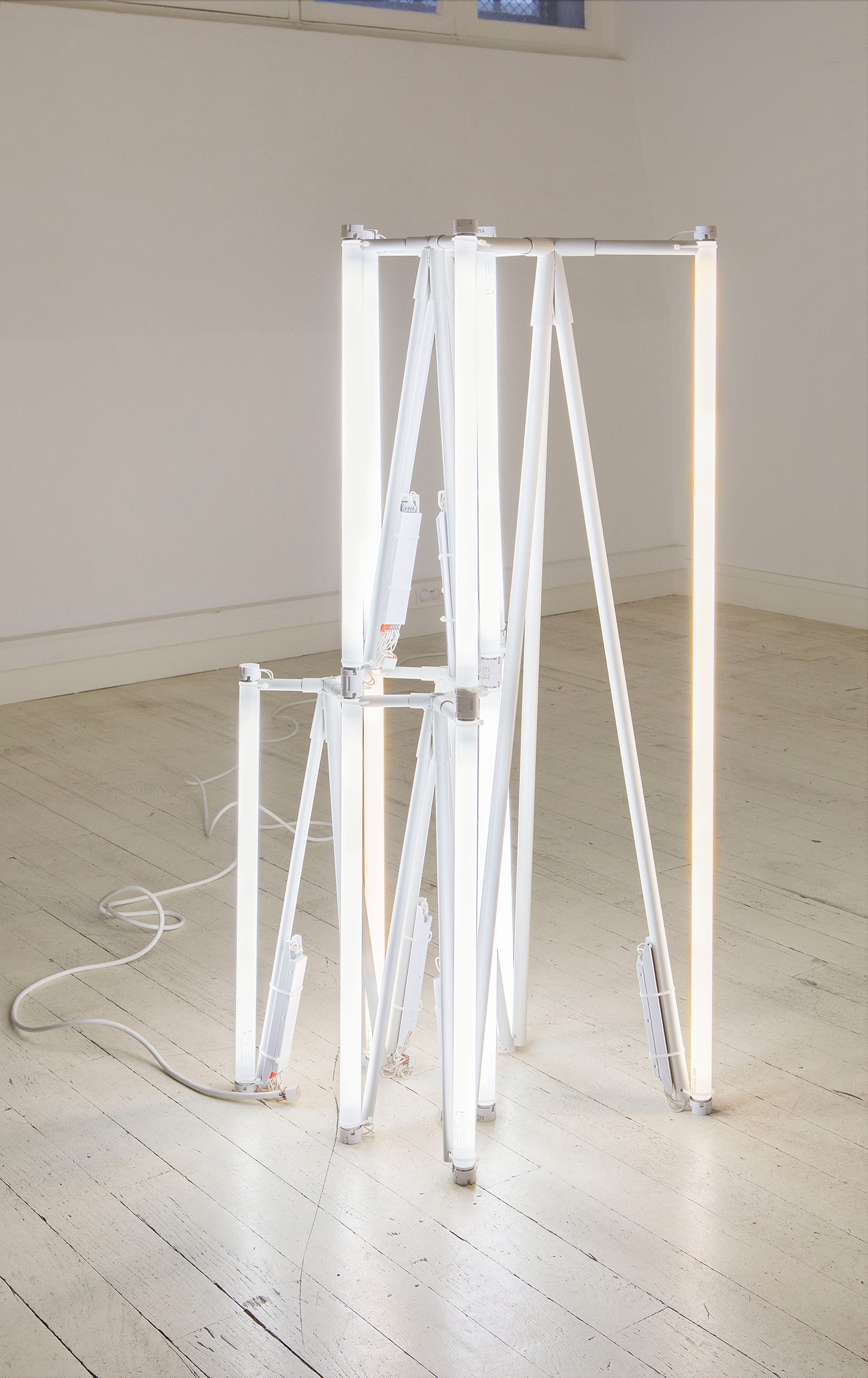 Julien Monnerie, lllllllllll|, 2021, Neon lights, electric pipes and cables, 125 x 40 x 40 cm (49,2 x 15,7 x 15,7 in) / Courtesy of the artist, Shivers Only and Bel Ami
Julien Monnerie, lllllllllll|, 2021, Neon lights, electric pipes and cables, 125 x 40 x 40 cm (49,2 x 15,7 x 15,7 in) / Courtesy of the artist, Shivers Only and Bel Ami
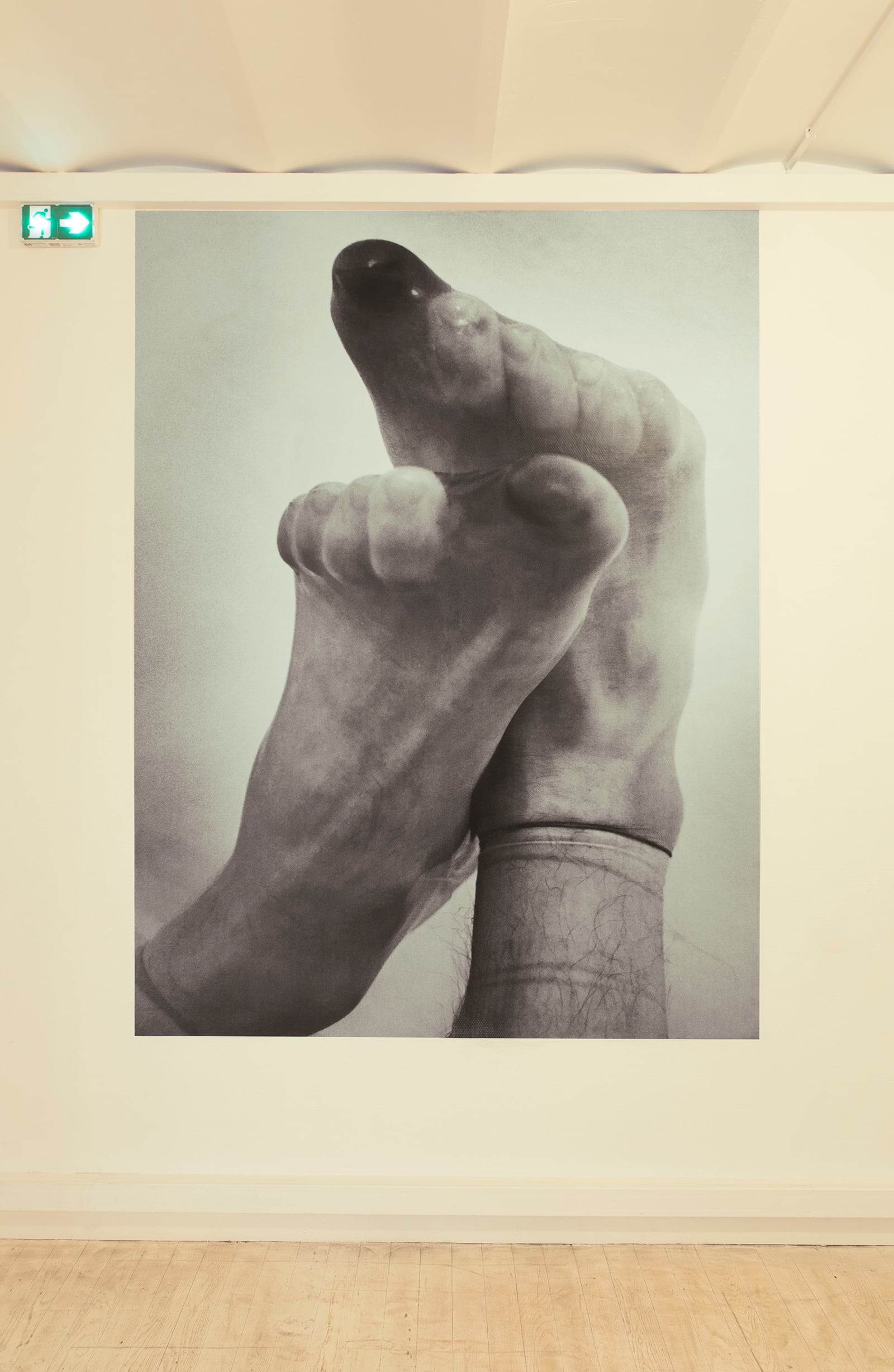 Lena Henke, Organic Architecture II, 2020, Digital print on textured paper 237 x 175 cm (93,3 x 68,8 in) / Courtesy of the artist, Shivers Only and Emanuel Layr
Lena Henke, Organic Architecture II, 2020, Digital print on textured paper 237 x 175 cm (93,3 x 68,8 in) / Courtesy of the artist, Shivers Only and Emanuel Layr
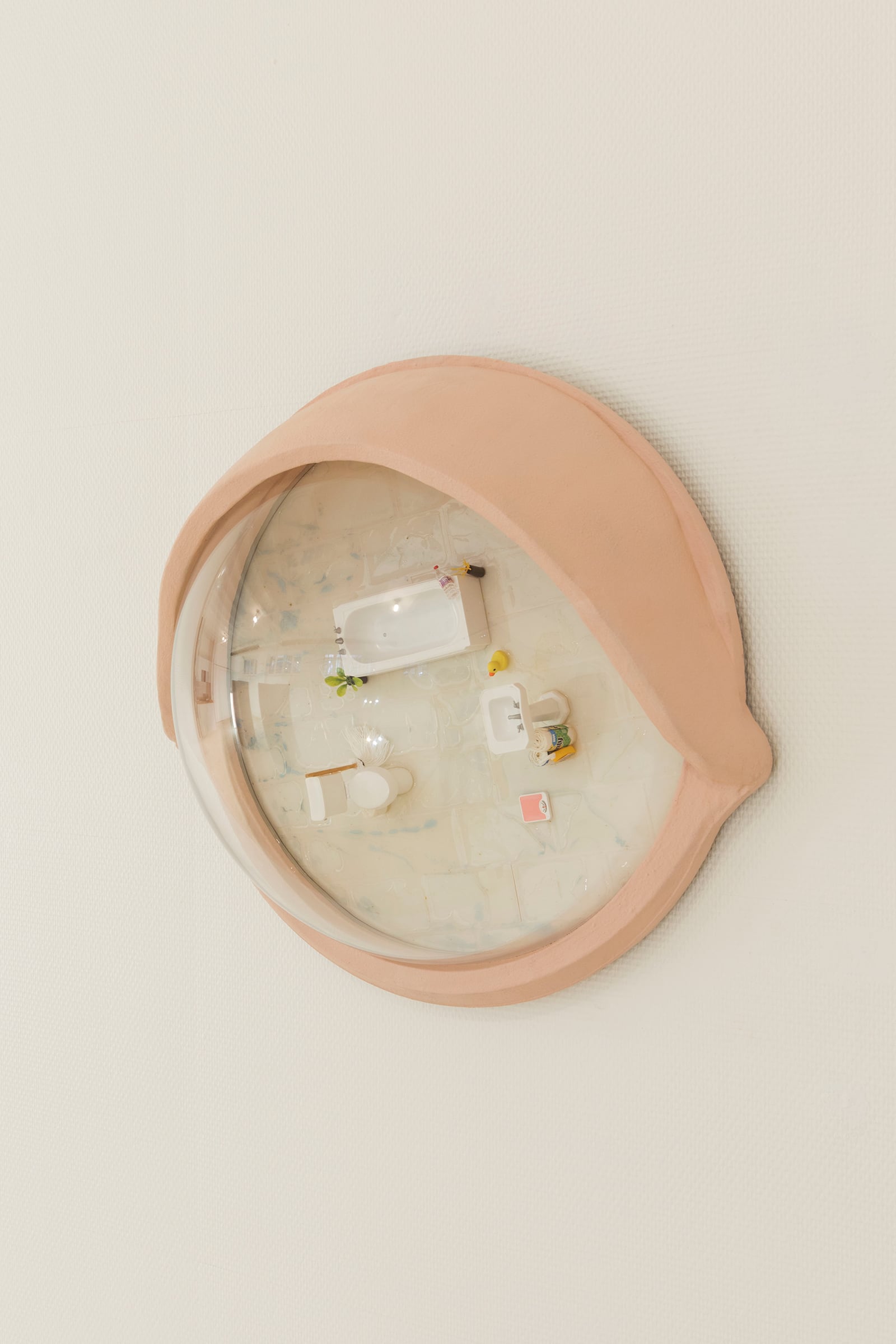 Olivia Erlanger, 5:13 PM, 2020, Miniatures, resin, HDU foam, wood, MDF, polyester paint, plexiglass 50,8 x 50, 8 x 18 cm (20 x 20 x 7 in) / Courtesy of the artist, Shivers Only and Soft Opening
Olivia Erlanger, 5:13 PM, 2020, Miniatures, resin, HDU foam, wood, MDF, polyester paint, plexiglass 50,8 x 50, 8 x 18 cm (20 x 20 x 7 in) / Courtesy of the artist, Shivers Only and Soft Opening
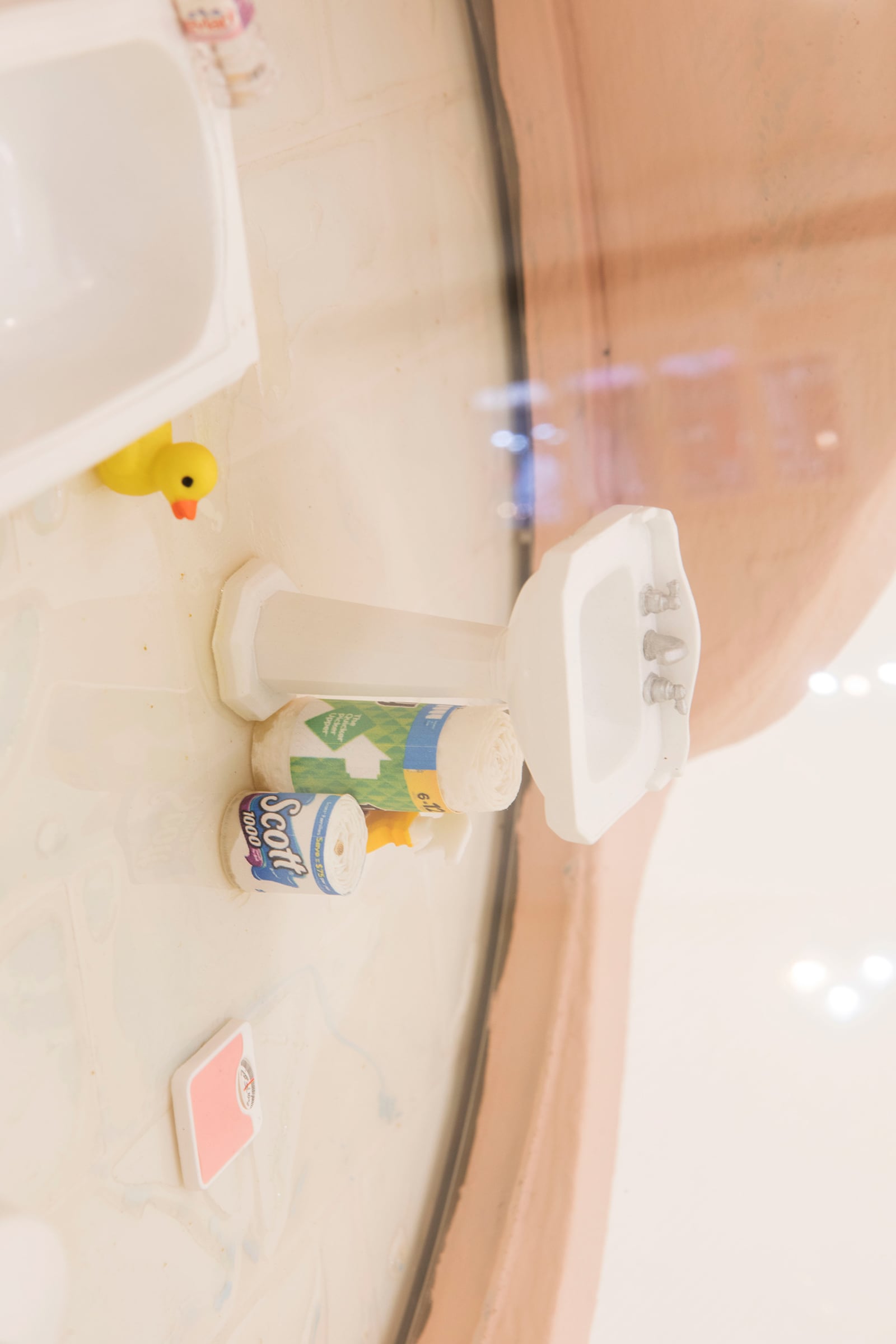 Olivia Erlanger, 5:13 PM, 2020, Miniatures, resin, HDU foam, wood, MDF, polyester paint, plexiglass 50,8 x 50, 8 x 18 cm (20 x 20 x 7 in) / Courtesy of the artist, Shivers Only and Soft Opening
Olivia Erlanger, 5:13 PM, 2020, Miniatures, resin, HDU foam, wood, MDF, polyester paint, plexiglass 50,8 x 50, 8 x 18 cm (20 x 20 x 7 in) / Courtesy of the artist, Shivers Only and Soft Opening
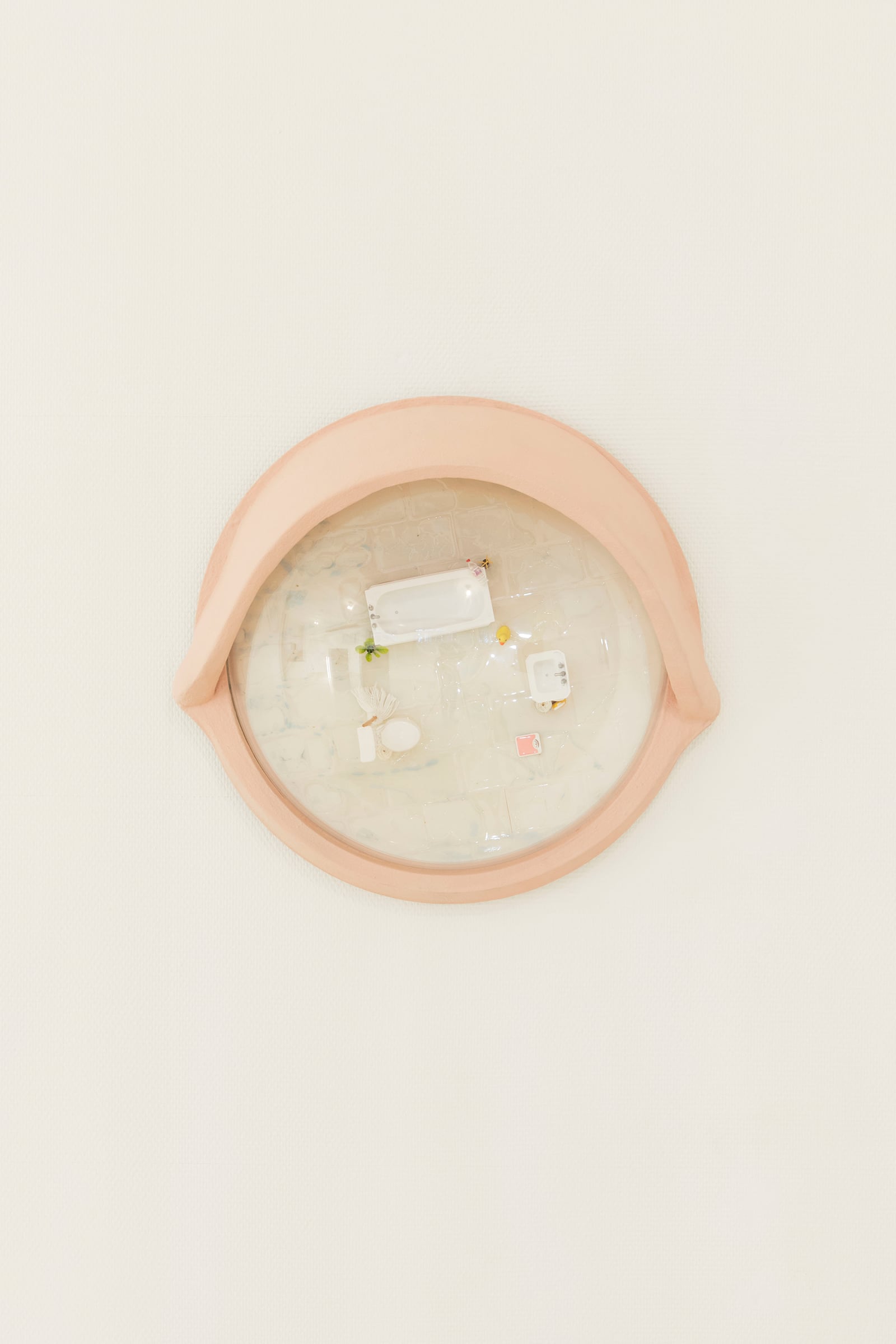 Olivia Erlanger, 5:13 PM, 2020, Miniatures, resin, HDU foam, wood, MDF, polyester paint, plexiglass 50,8 x 50, 8 x 18 cm (20 x 20 x 7 in) / Courtesy of the artist, Shivers Only and Soft Opening
Olivia Erlanger, 5:13 PM, 2020, Miniatures, resin, HDU foam, wood, MDF, polyester paint, plexiglass 50,8 x 50, 8 x 18 cm (20 x 20 x 7 in) / Courtesy of the artist, Shivers Only and Soft Opening
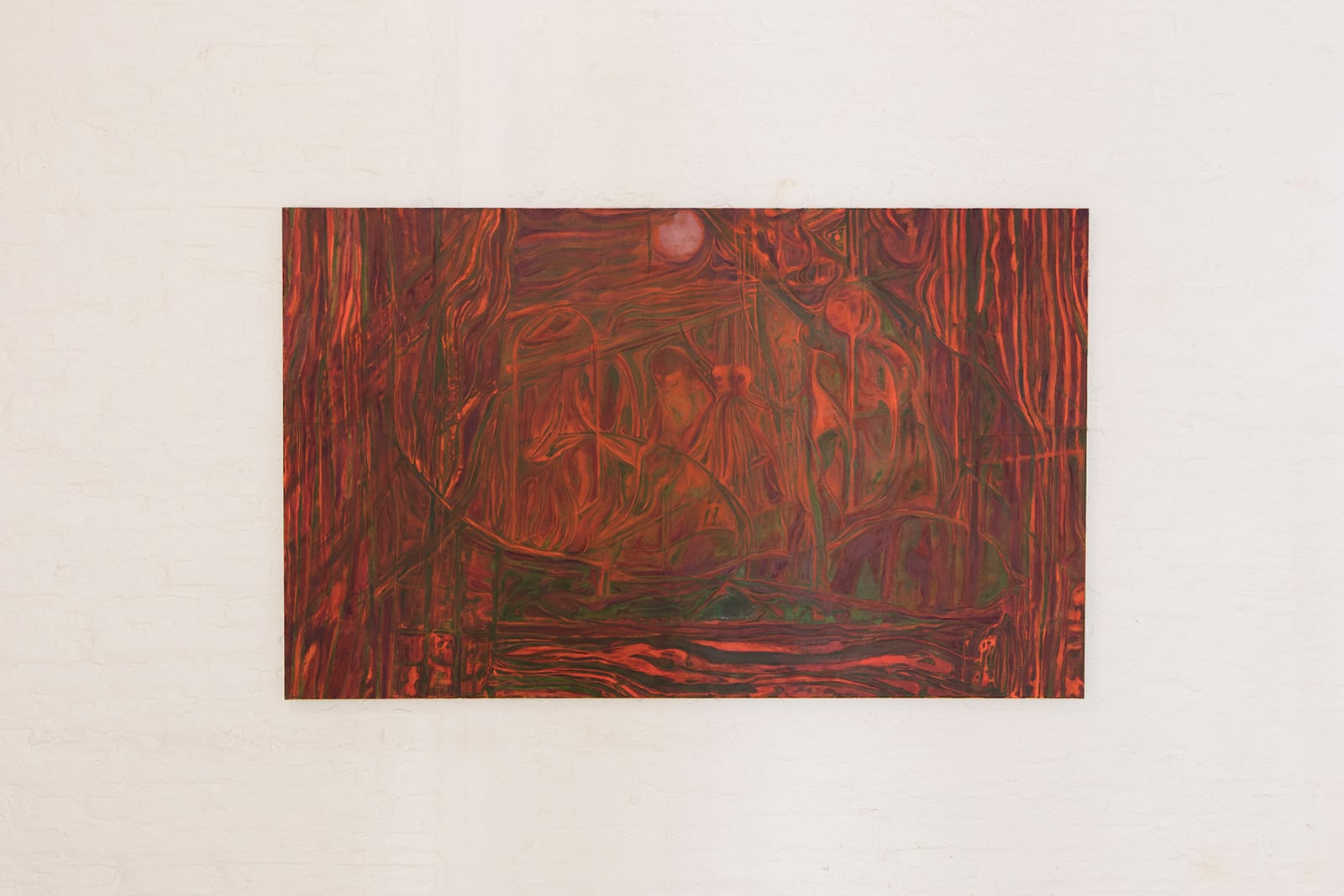 Paul Bonnet, Harlequin, 2021, Oil on canvas 180 x 115 cm (70,8 x 45,2 in) / Courtesy of the artist and Shivers Only
Paul Bonnet, Harlequin, 2021, Oil on canvas 180 x 115 cm (70,8 x 45,2 in) / Courtesy of the artist and Shivers Only
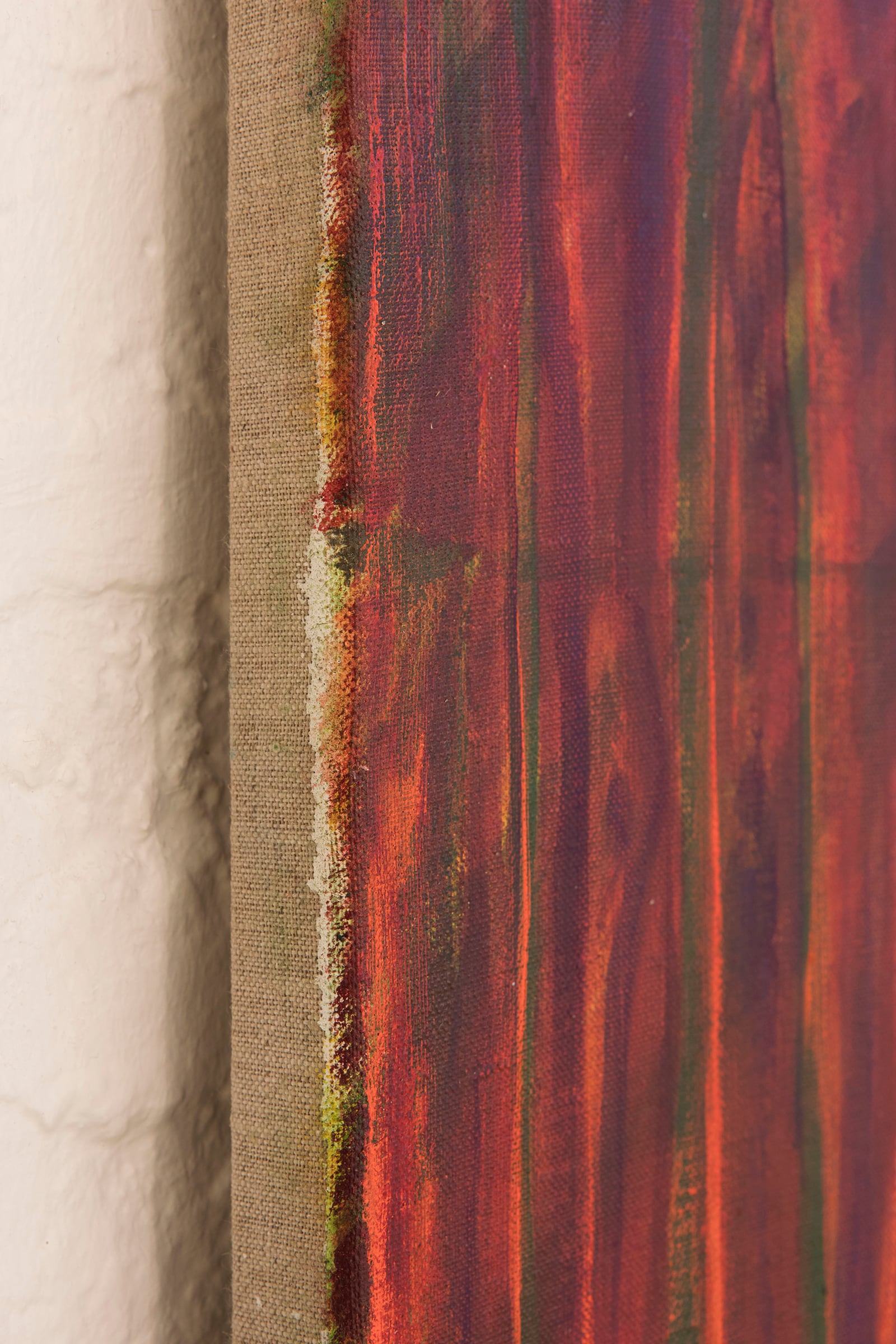 Paul Bonnet, Harlequin, 2021, Oil on canvas 180 x 115 cm (70,8 x 45,2 in) / Courtesy of the artist and Shivers Only
Paul Bonnet, Harlequin, 2021, Oil on canvas 180 x 115 cm (70,8 x 45,2 in) / Courtesy of the artist and Shivers Only
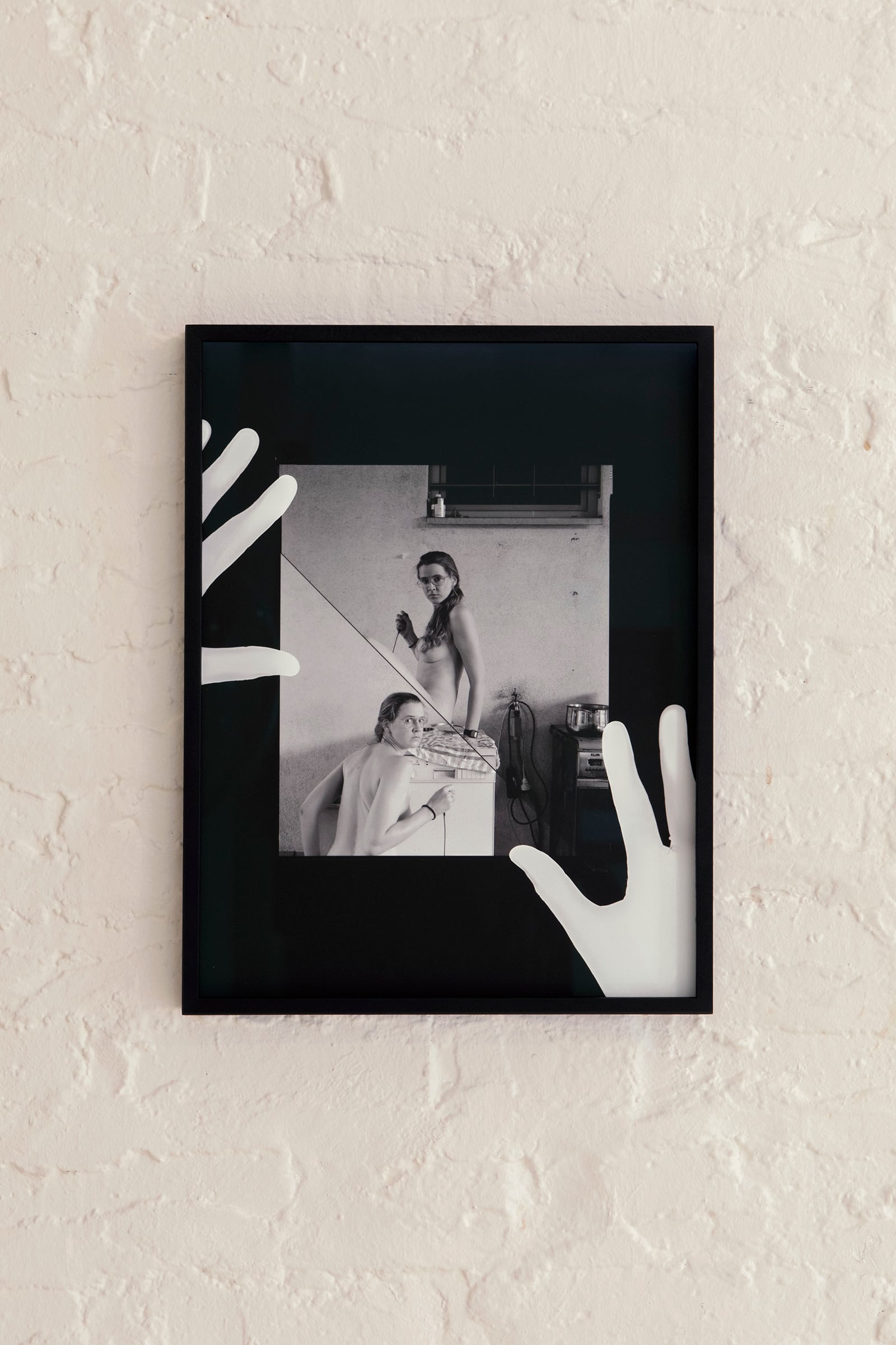 Sophie Thun, Selbstbedienungstankstelle, 24.06.2019, KVG, 2019 Contact print and photogram, silver gelatin print on baryta paper in artist’s frame 40 x 30 cm (15,7 x 11,8 in) / Courtesy of the artist, Shivers Only and Sophie Tappeiner
Sophie Thun, Selbstbedienungstankstelle, 24.06.2019, KVG, 2019 Contact print and photogram, silver gelatin print on baryta paper in artist’s frame 40 x 30 cm (15,7 x 11,8 in) / Courtesy of the artist, Shivers Only and Sophie Tappeiner
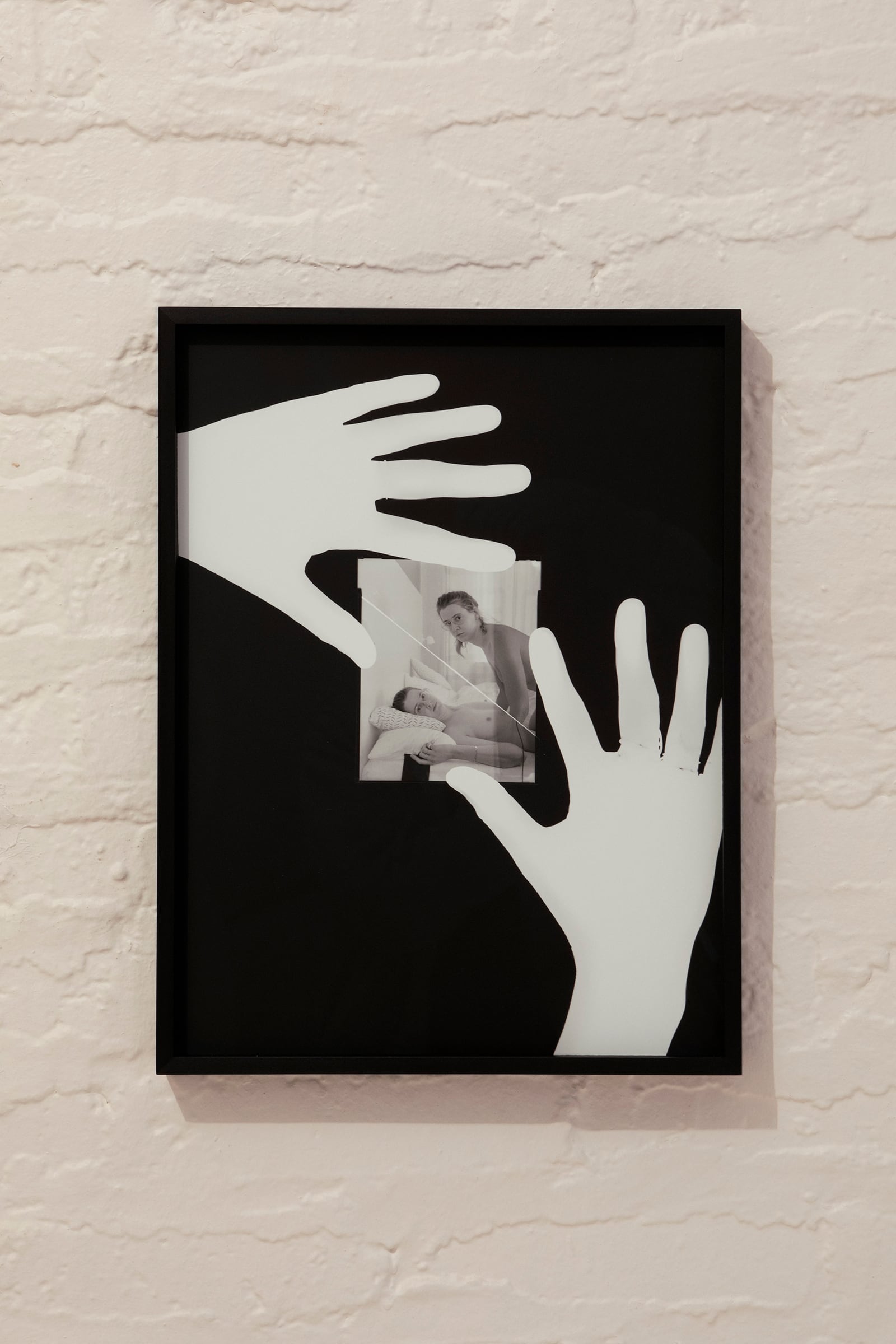 Sophie Thun, Ufer, 17-27.02.2019, Contact print and photogram, silver gelatin print on baryta paper in artist’s frame 40 x 30 cm (15,7 x 11,8 in) / Courtesy of the artist, Shivers Only and Sophie Tappeiner
Sophie Thun, Ufer, 17-27.02.2019, Contact print and photogram, silver gelatin print on baryta paper in artist’s frame 40 x 30 cm (15,7 x 11,8 in) / Courtesy of the artist, Shivers Only and Sophie Tappeiner
There’s a place somewhere
Some place where no one cares
You can be there don’t be scared
The place is everywhere
«Homesick», Jesu Homesickness is an old evil that lingers to this day. It seizes by surprise, in unknown lands and only heals once the exile is over. In the meantime, it extinguishes faces and leaves hearts heavy, and the body, vehicle at a standstill, remains inert while the soul is agitated, trapped in the dead end it has entered, believing itself to be on the way back.
There is no difference, between homesickness and nostalgia, a vague and heavy boredom sprang up out of nowhere and spreading everywhere. It too laments a tremendous loss: somewhere, someone, something is missing and nothing tastes or means anything anymore. It’s a pale and grave sentiment that very much resembles the monotonous languor of domestic life, that weary and muffled purr produced by a prolonged stay between four walls.
Because safe places hurt too. These customary regions to which we long to return as soon as we have left them are sometimes deceptive. Everything is in its place and chaos, lurking in a corner is no exception. Houses are weird beings. Most of the time, they survive those who inhabit them. Some are unhealthy. Others even kill.
The works collected here all maintain close or loose links, with these interior disorders. In a climate of mixed regression and revolt, they occupy a strange and familiar empire of the middle, neither entirely public nor entirely private, a space of threshold, close to the moult, an adolescent position, equally distant from the darkness and the kingdom of childhood, the one we find with severe joy, the one where everything begins and does not end.
Domains of struggle, dwellings in peril, they are populated by “transitional objects” *, those with which it is better to equip oneself in case of emotional deficiency to face everyday life, this “dai- lyness” which “is not evidence, but opacity: a form of blindness, a kind of anesthesia. ”**
The house is a body for Olivia Erlanger (1990, New York) who dismembers it before assigning a time slot to each isolated piece. It is exactly 5:13 pm in the bathroom, usually an off-peak time for water rooms. Toilet, bathtub, soap, scales, rubber-duck, bottle of Evian, succulent plant, household products... Clue left to our discretion, seen frontally and plunged between the candy-pink eyelids of an inverted peephole, this miniature panoply provides information on the profile of its tempora- rily absent residents, as much as it attributes a secret life to their suspect residence, consequently placed under surveillance.
Clémentine Adou’s (1988, Paris) twin boxes are also empty. Covered in parts by a deep brown with mirror effect, these cardboard packing boxes, placed on the ground almost as is, still bear traces of their past lifes. They have held quantities of things, passing from hand to hand. Remo- ved from circulation and thereby made visible, these makeshift shelters recycled into rooms for oneself, sort of voting booths for physical exile and cerebral retreat, form an unfinished project. No relaxation or confidences will take place in these impenetrable refuges which, in truth, can leave no respite.
Economy and verticality characterize Julien Monnerie’s radiant pieces (1987, Rennes). Made from collected standard lighting fixtures, assembled and standing, they tell the story of the service sector through forms as generic as their places of use. Six bulbs and twelve fluorescent tubes emit a cold light which curiously radiate, like the flames of an ancient firepit. Left visible, cables and electronic ballasts power these cheap totems, whose thin body covered with yellow and white dots and sticks, stammers illegible characters.
The slogan stutters in David Douard (1983, Perpignan). Piece selected among the logorrhea of the Occupy Wall Street movement, an injunction to feel crosses from top to bottom a faux billboard. The letters are upside down, like the doll house, a piece of mud pie cast in aluminum, grafted onto a post behind which an anonymous face laughs slyly. Gentle and hateful at the same time, the ensemble has the gawky charm of the home-made and the deviant spirit of the street. Elsewhere, two amateur videos found on YouTube and Google Maps, generate another: first, a girl lying on a bed dizzying between two confetti showers under the alternating flashes of a mini strobe. Then, in the corner of a bare bedroom, a pair of flowery mattresses stuck to the wall is seen in a loop, from near, from far and almost more. At irregular intervals, the screen turns black, as if closing its eyes to these lonely pleasures, dead pastimes.
Paul Bonnet (1990, Paris) knows how to cheat boredom. Started in winter and pursued for six months, his canvas and its incendiary palette depicts the otherworld that appeared at his window, in superimposed layers. On a bridge, in the moonlight, a band of spectres march in a single file between two curtains whose presence is reassuring: this macabre parade would in the end only be a vision of the mind, an obscure dream inspired by a horror novel ***. Still, the presence of this blood orange network surrounded by wormwood green saturating the evening air with decadent curls, makes us feel like staying outside, that is to say on the inside.
Sophie Thun’s real fake self-portraits (1985, Frankfurt) were taken at night, in the secrecy of hotel rooms paid for by the artists she assists during the day. She alternates suggestive poses, staring blankly at the device she triggers from a distance. Her double copies her and in the darkroom, their naked bodies put side by side give each other pleasure. Two hands - hers again - hold the false proof of these serial romps: they did not let go of the negatives during their exposure. Power games, image fabrication... The front and backstage of the decor merge, encapsulated in the same frame.
Trapped, Christ’s feet point to the sky, like two Greek columns. The left rubs against the right, like a morning when jumping out of bed. These are big manly feet that Lena Henke (1982, Warburg) trussed up into a condom. Dirty, they macerate and suffocate in the double skin that is supposed to protect them. Their ordeal is all the more painful to watch as it occurs on a large scale - six feet, the artist’s height. Insupportable pillars, they form a vulnerable monument, a hideous fetish.
David Fesl’s charms (1995, Czech Republic), on the other hand, are cute and fit in the palm of the hand. They are pagan idols, barbaric teddy bears made of poor quality objects from nature or industry, collected from an immediate environment and assembled on instinct. Deer horn, ping- pong ball, cake mould, toothpick, orange peel ... It’s easy to name each of these things that have left their functions, their original states. Ageless and genderless, pretty and tough, in permanent tension, these votive offerings are undefined. They are likely to die soon, and that as a result we get more attached to them.
— Virginie Huet
*D.W. Winnicott, Jeu et réalité, 1971
**Georges Perec, Espèces d’espaces, 1974
***Thomas Ligotti, The Last Feast of Harlequin, 1990